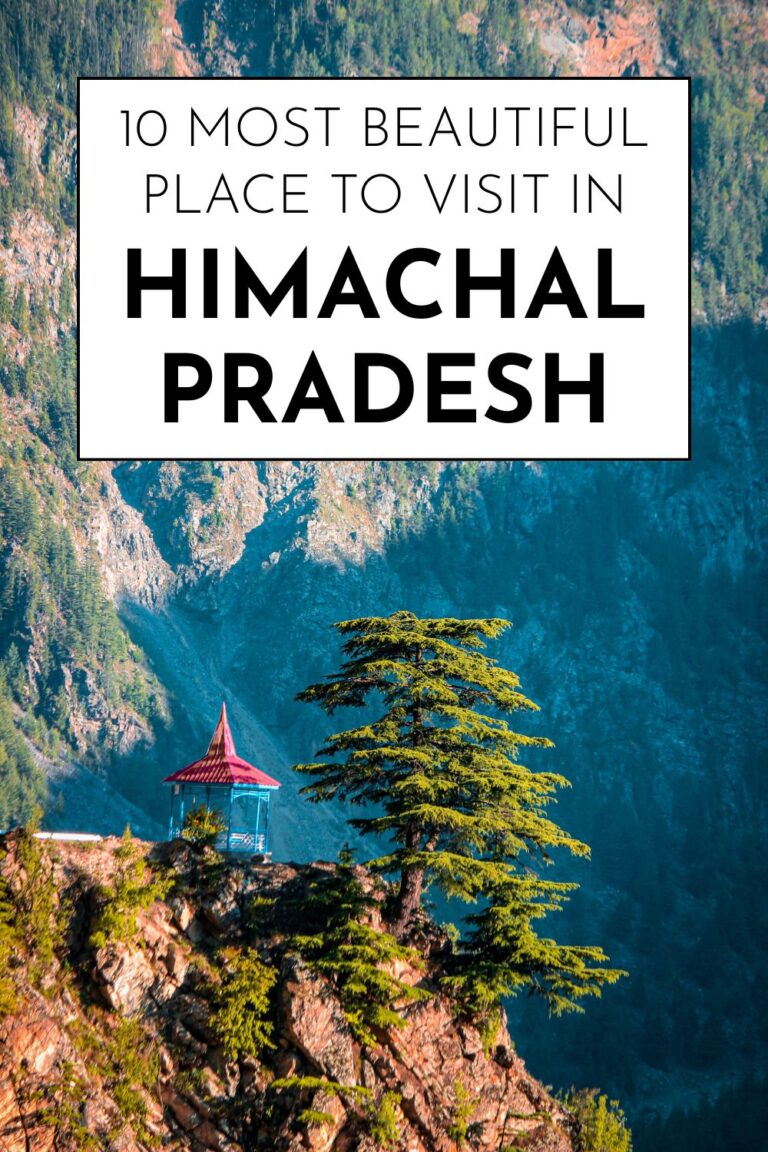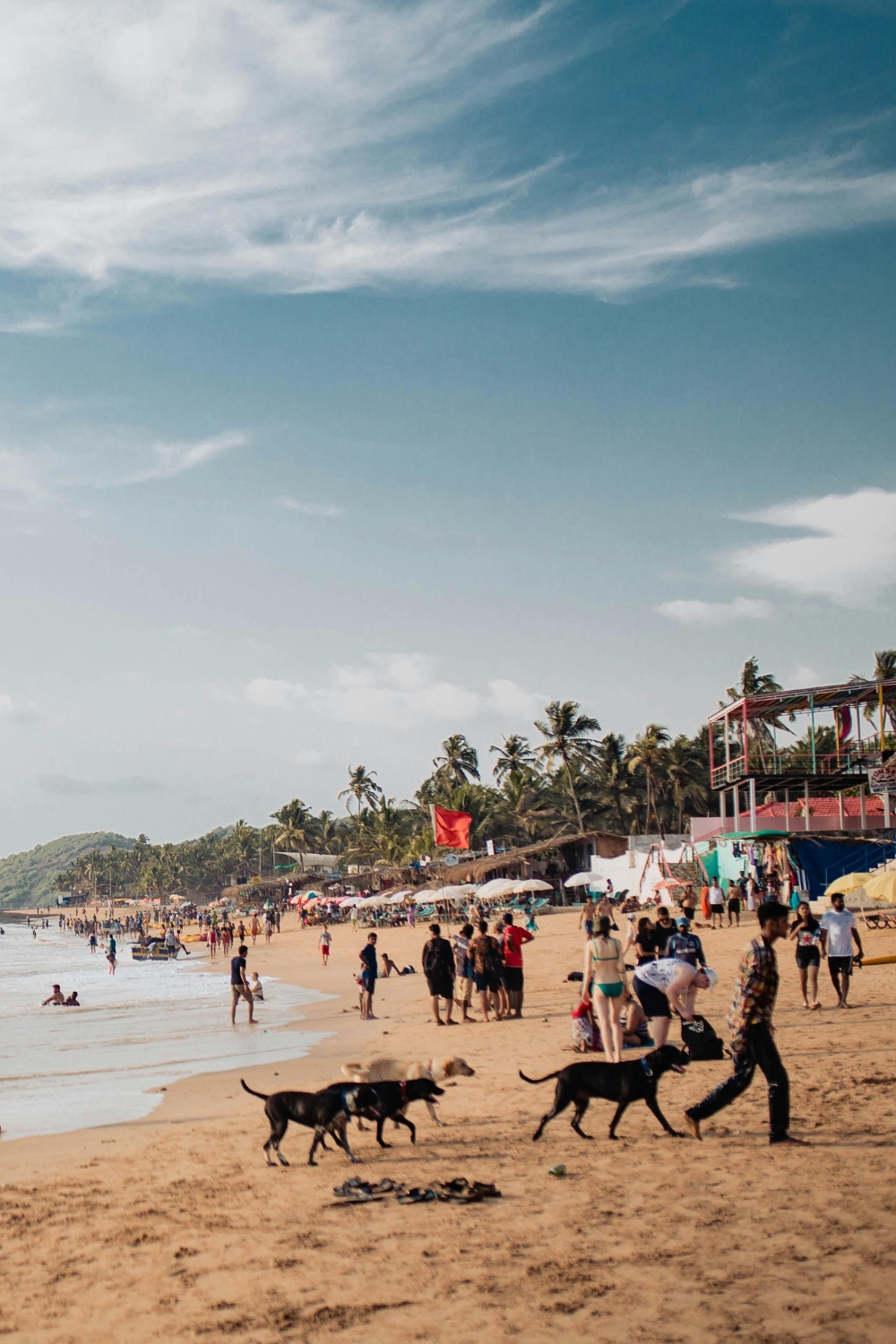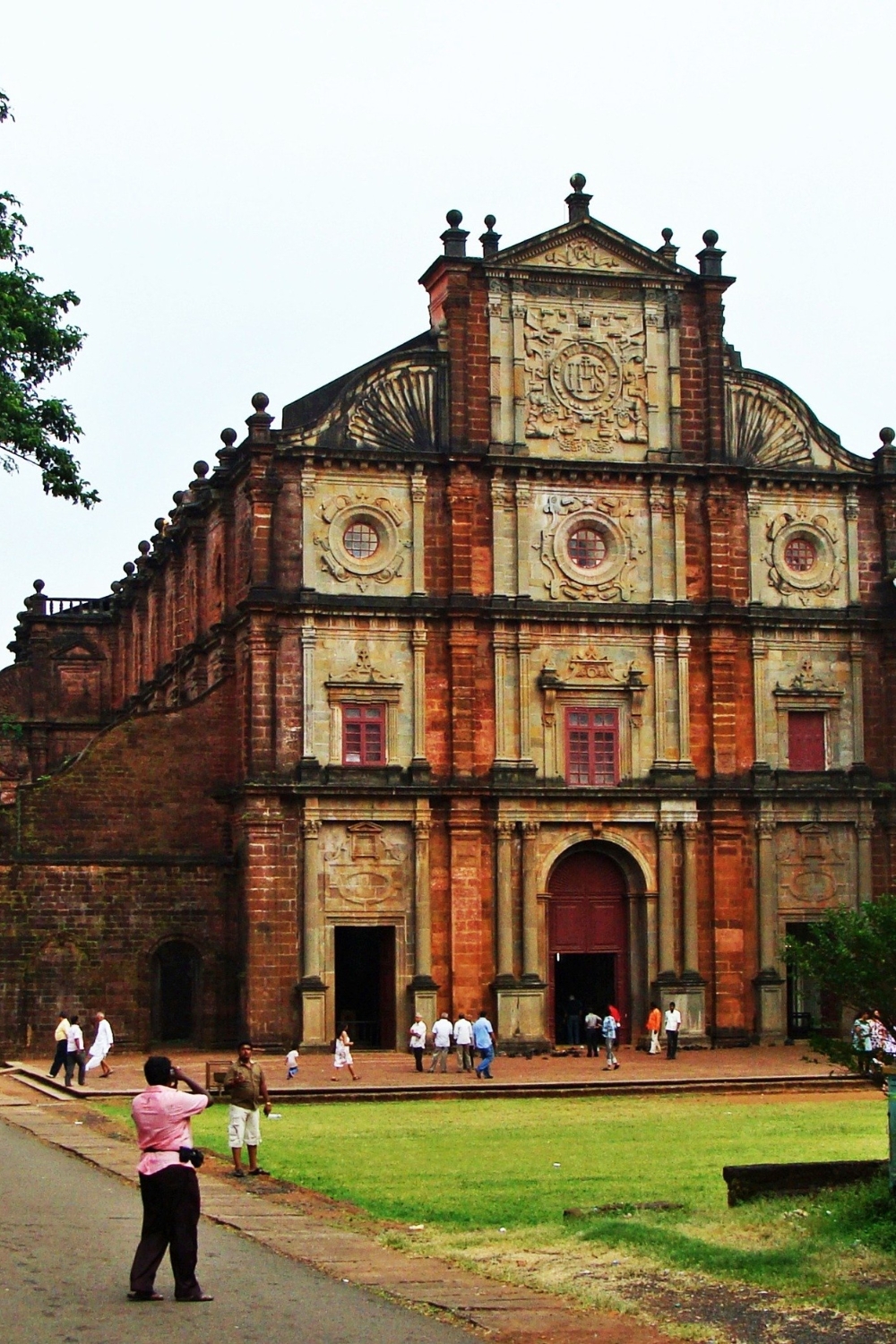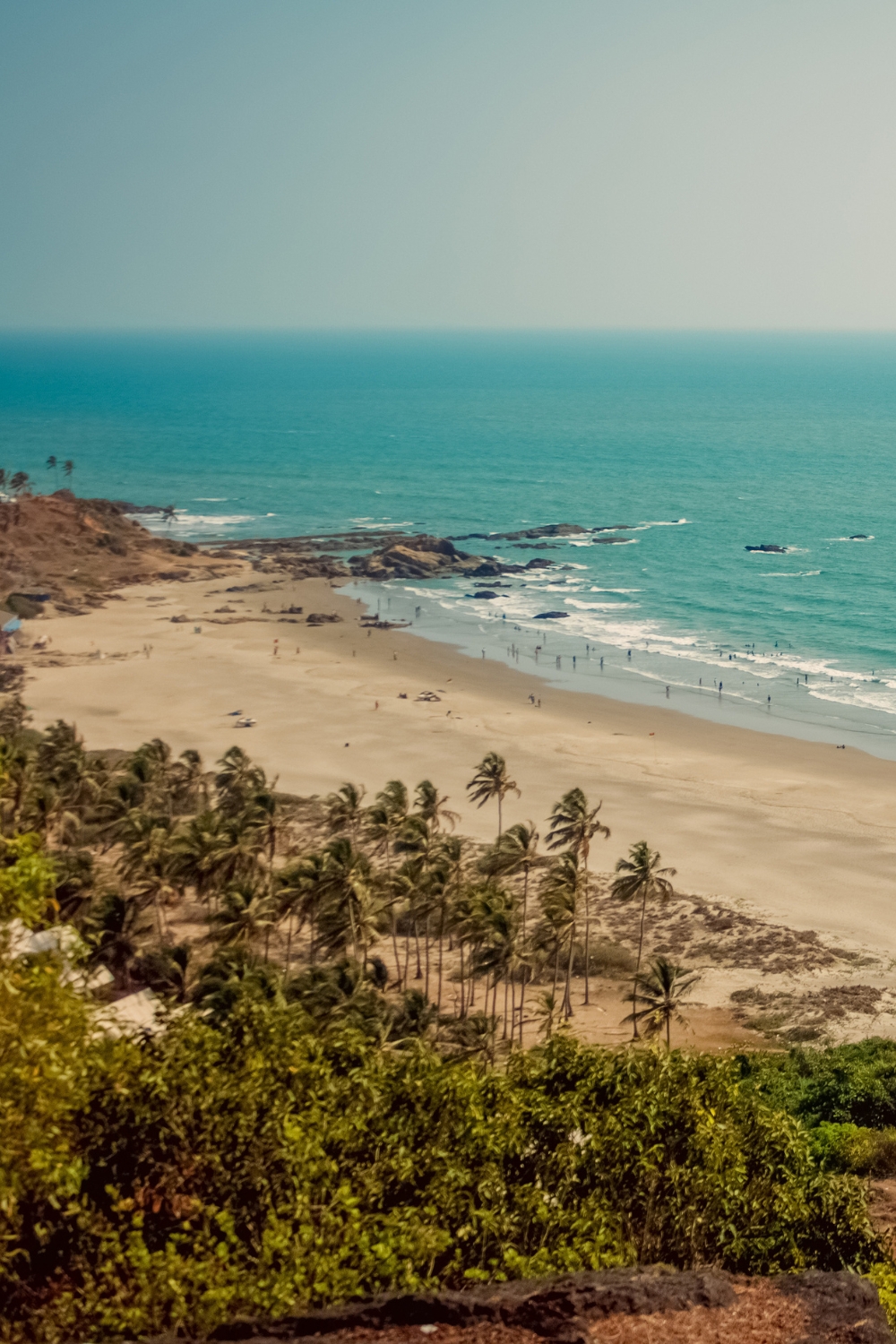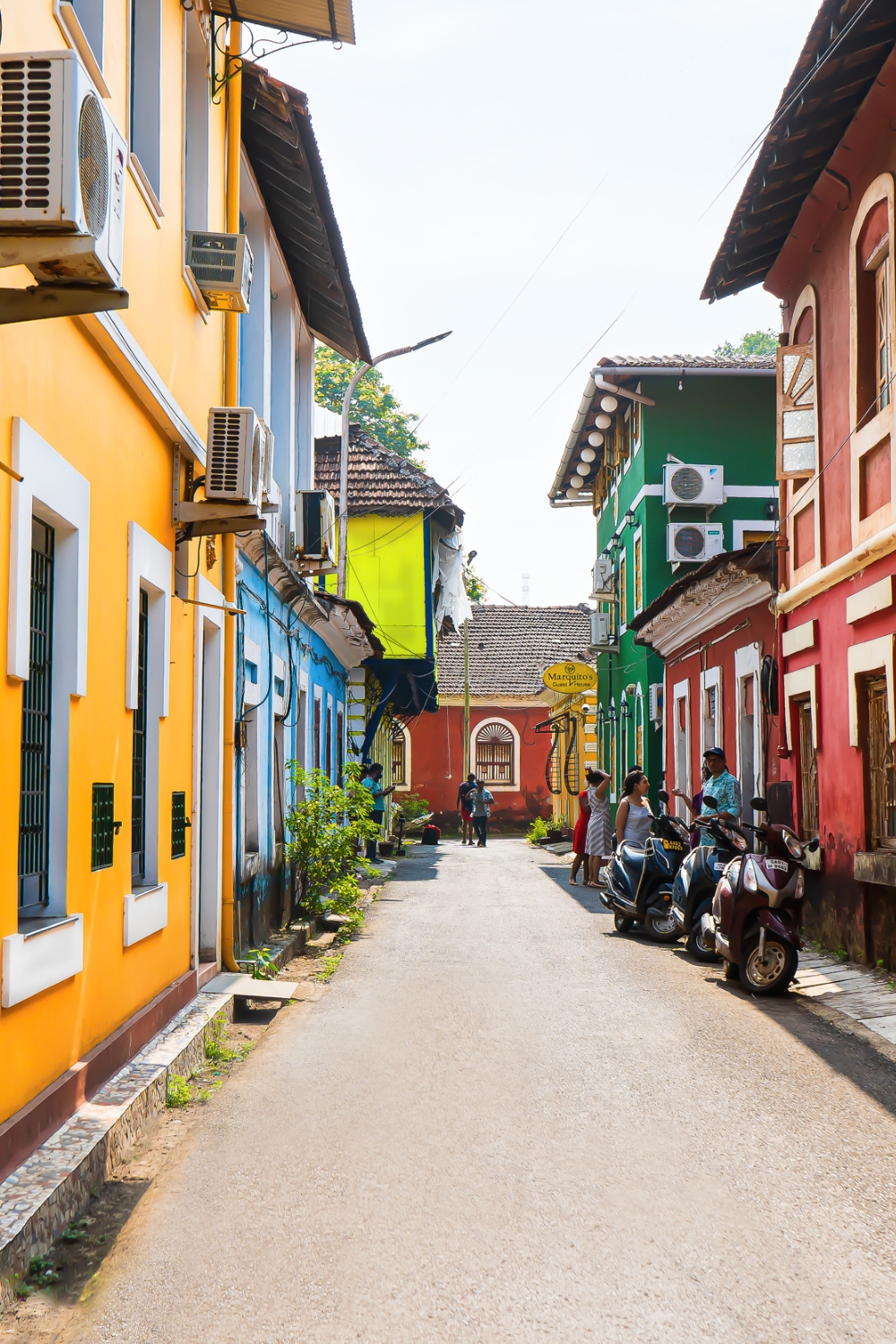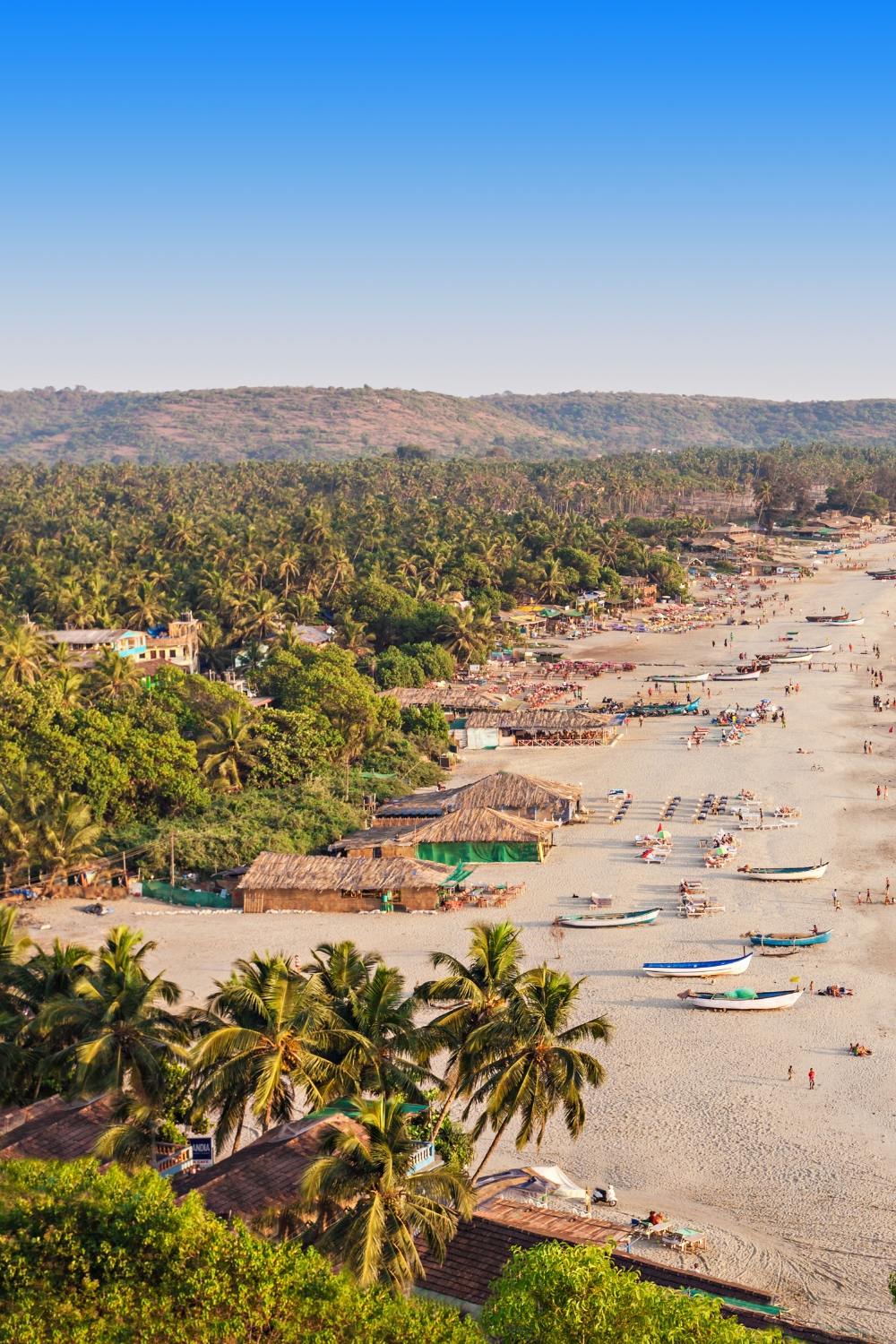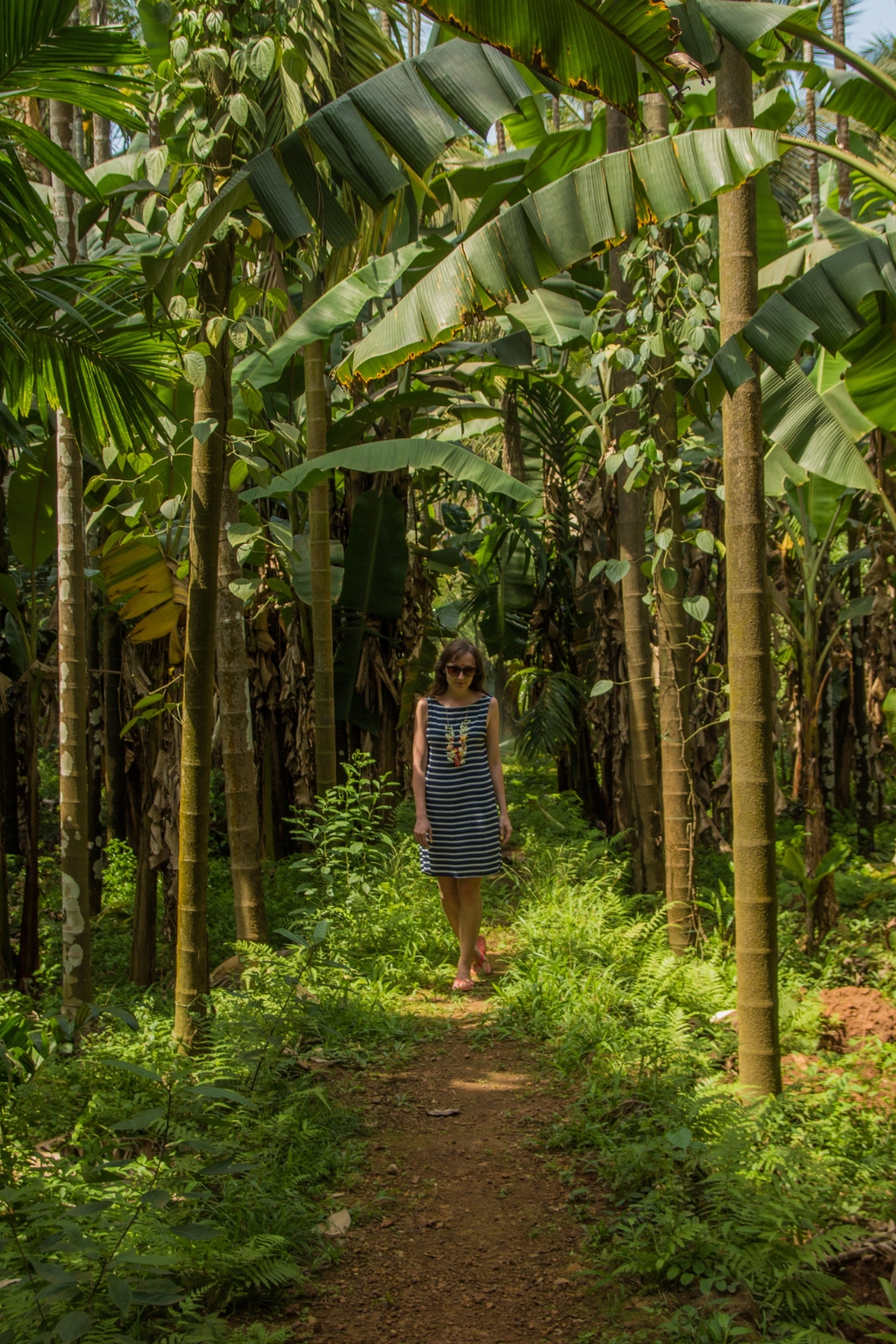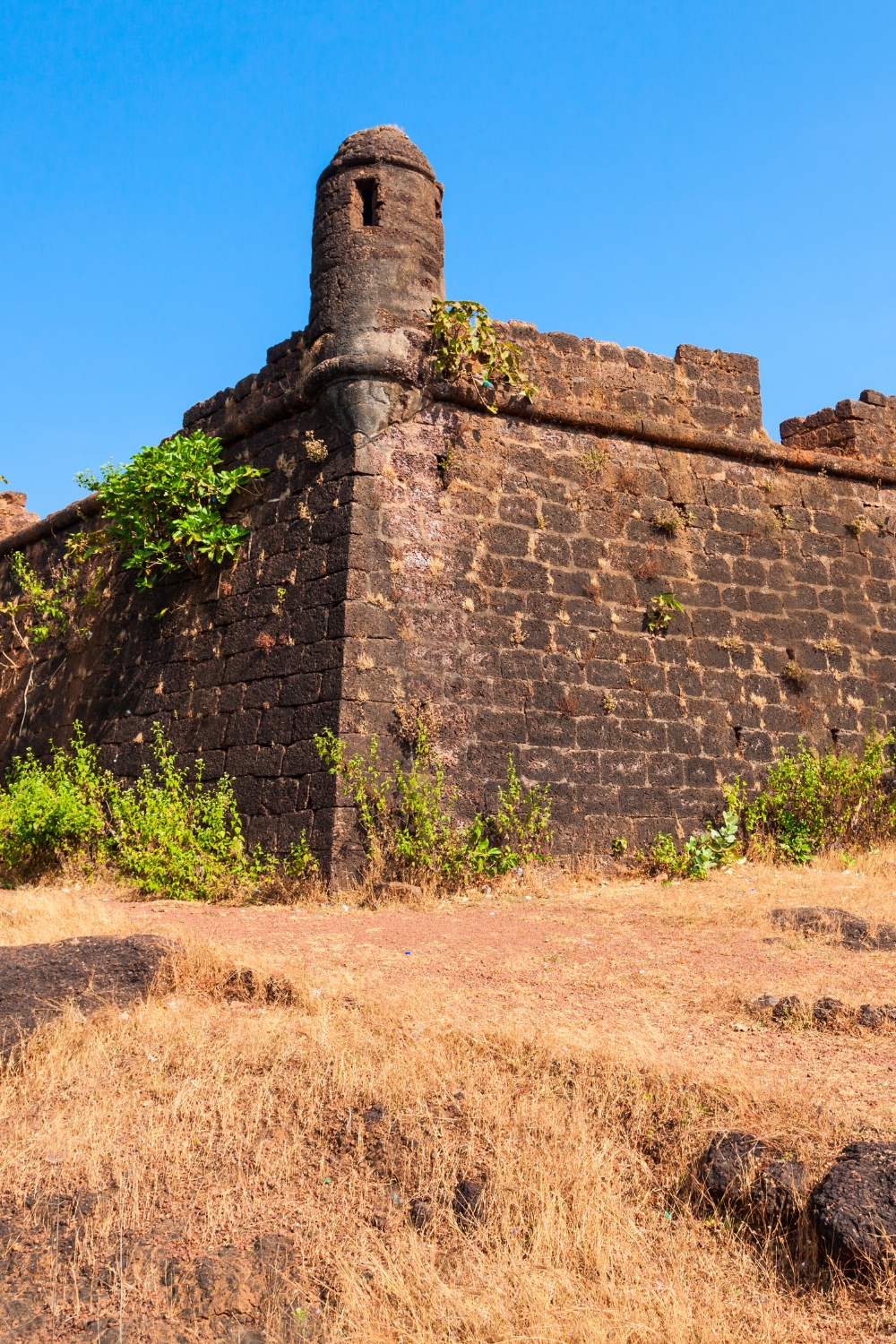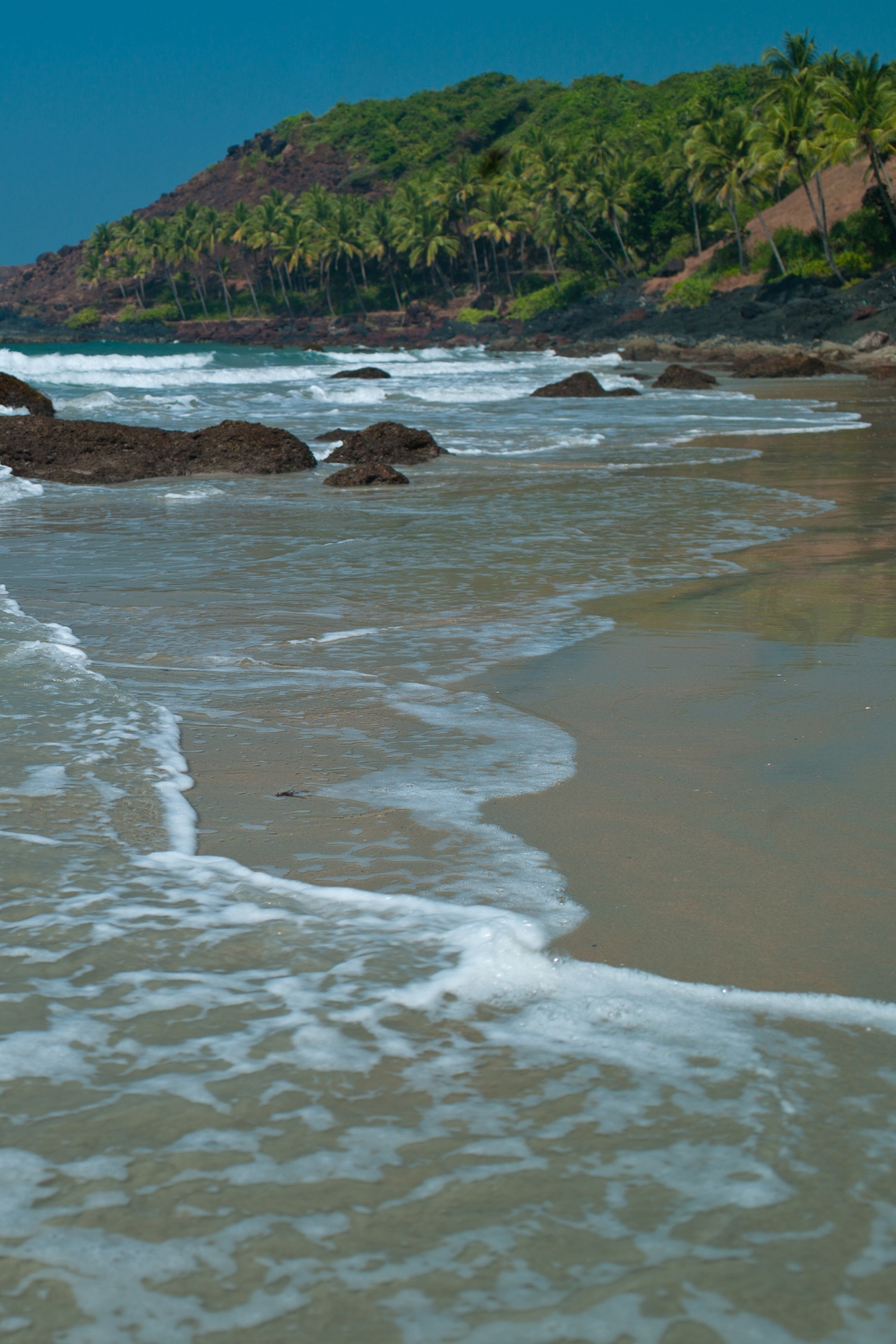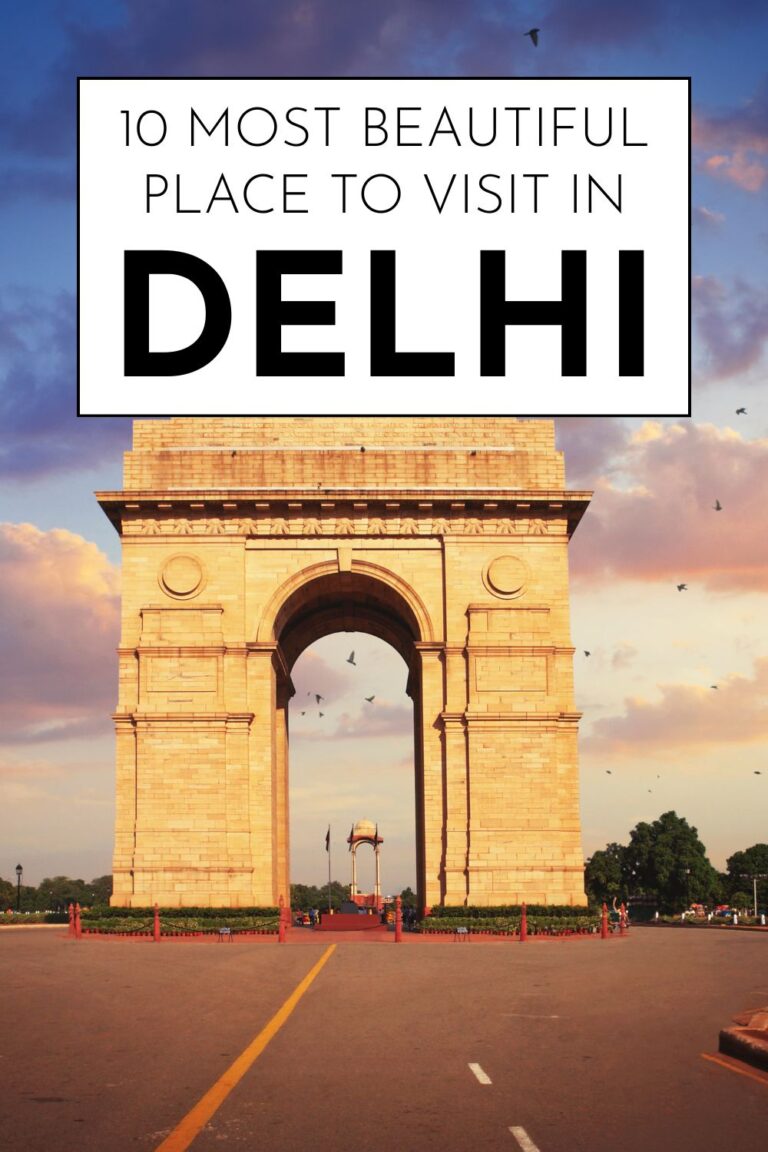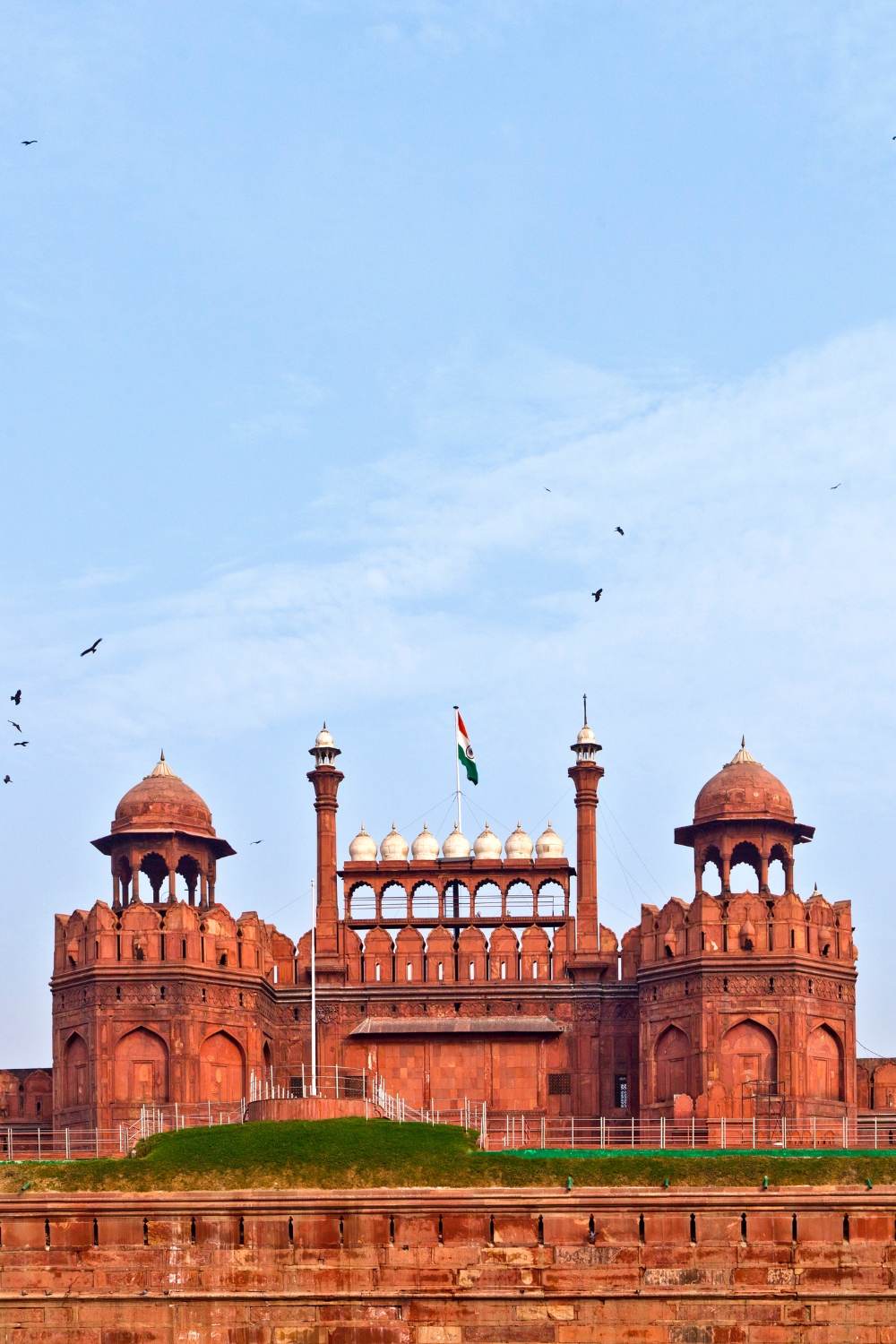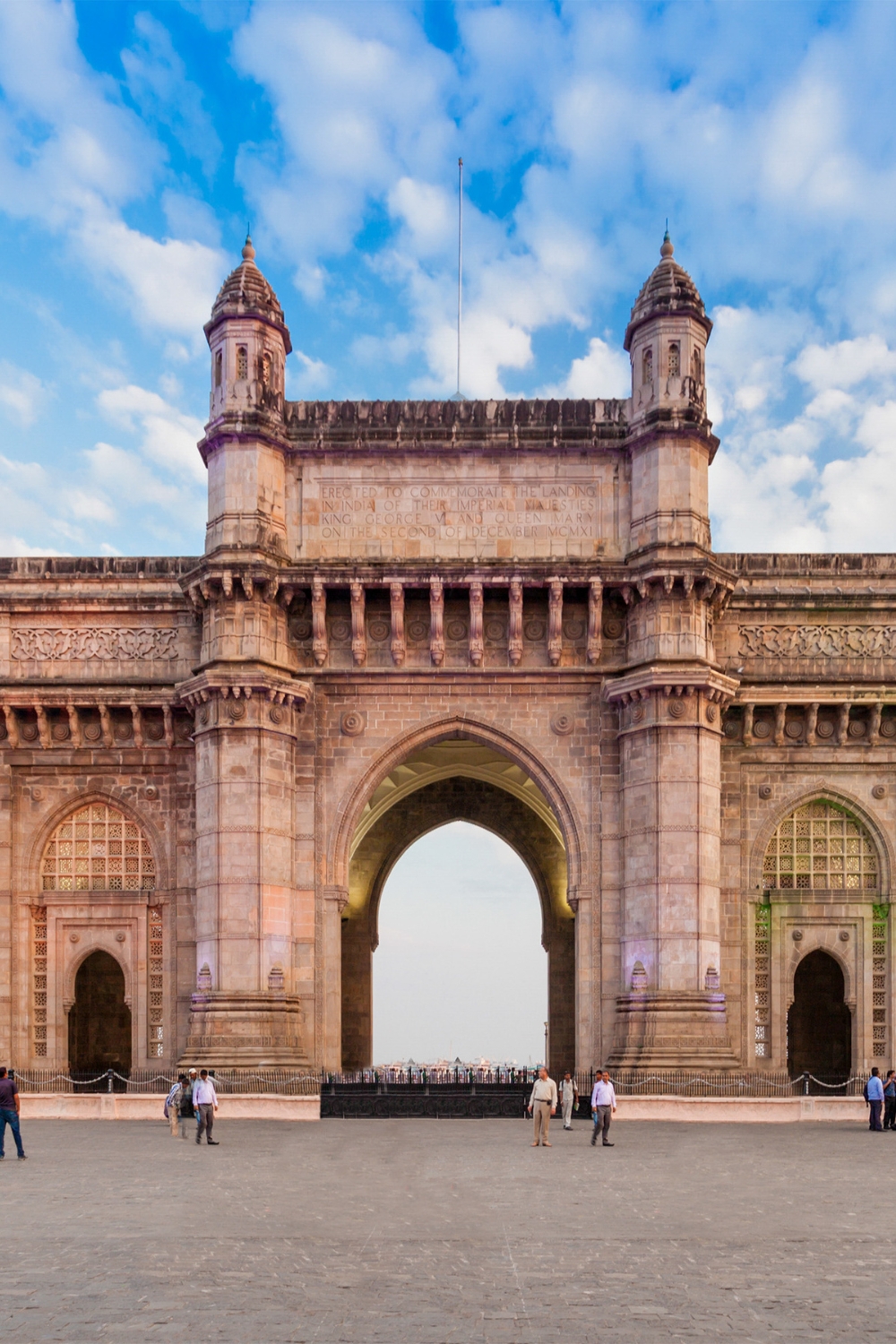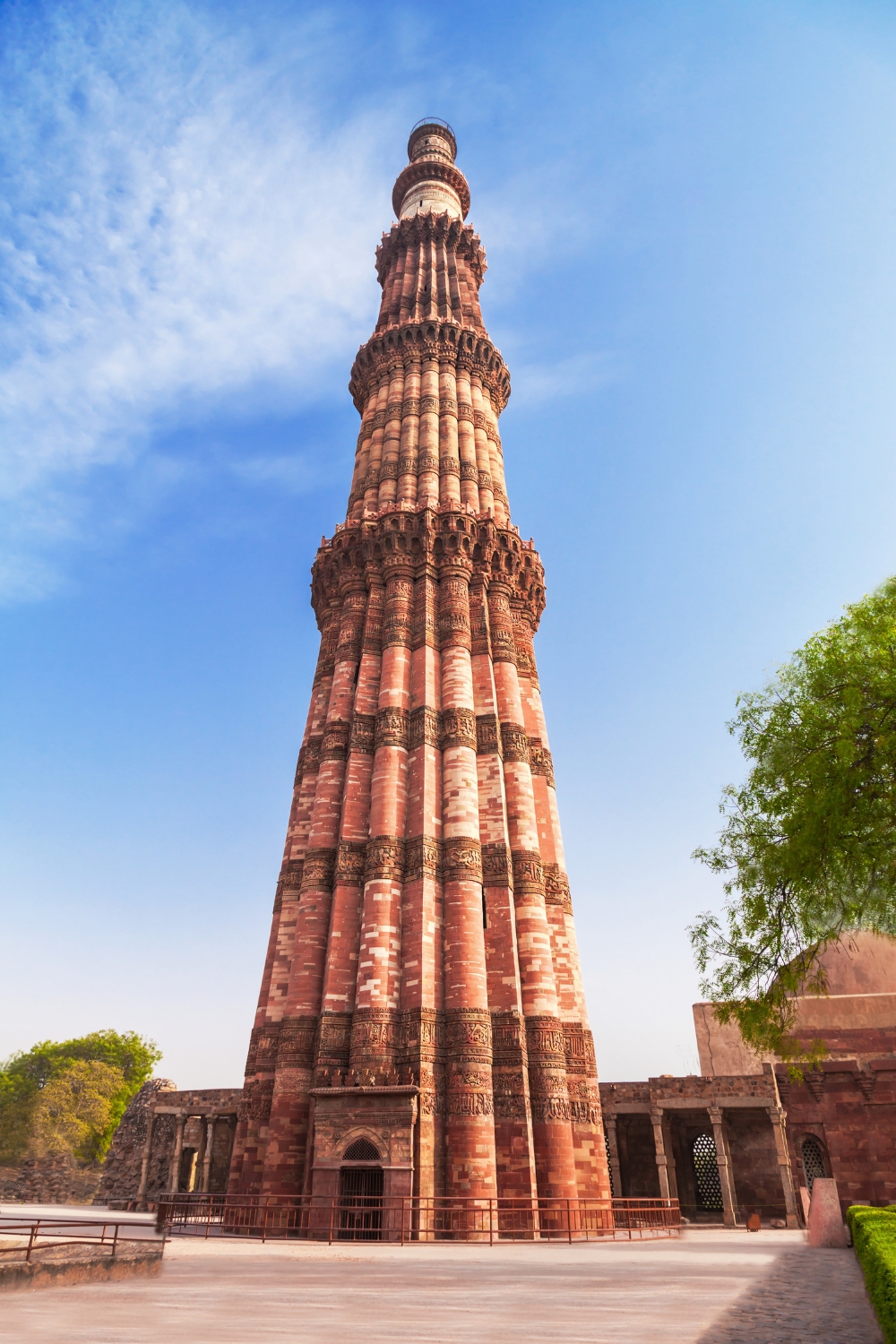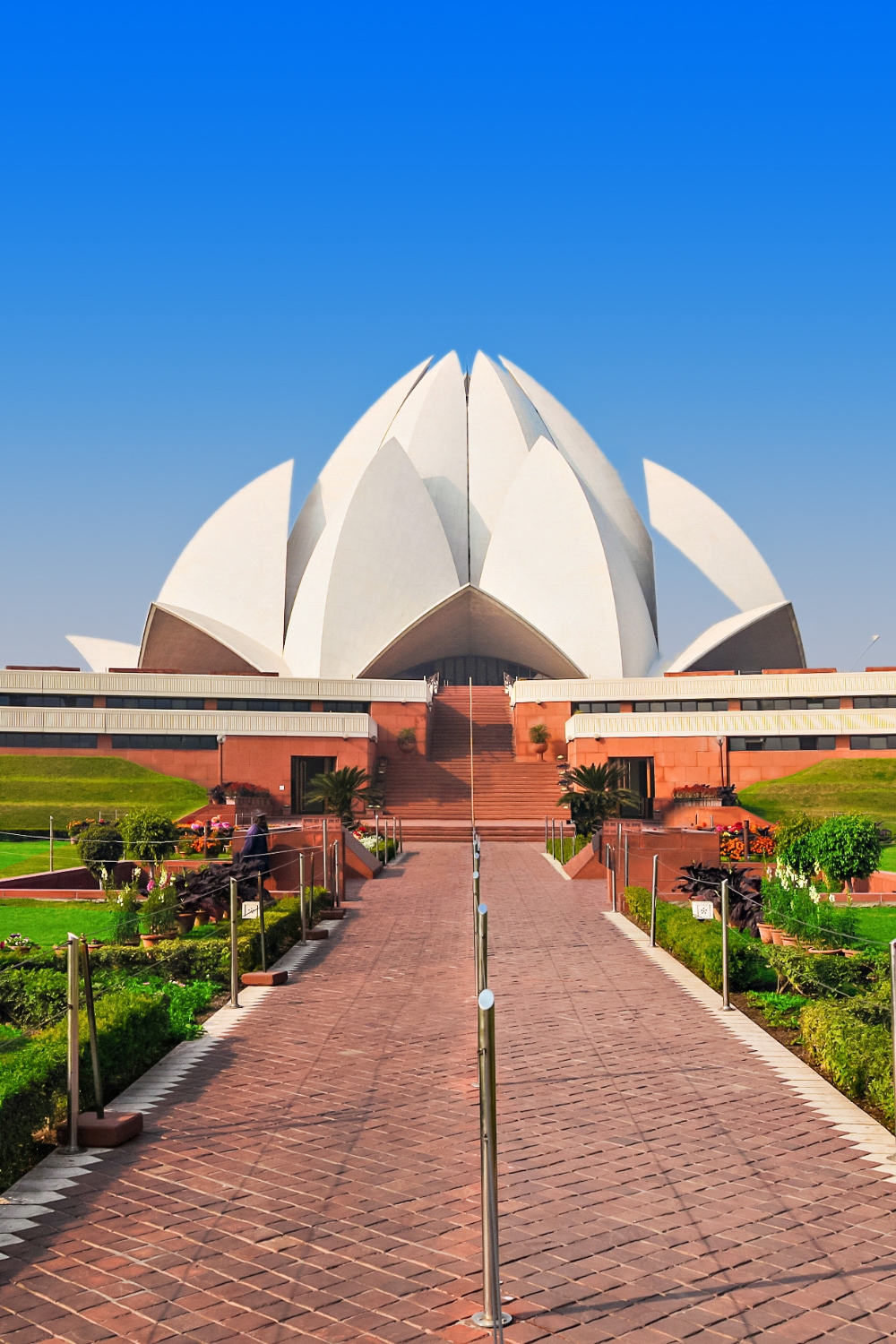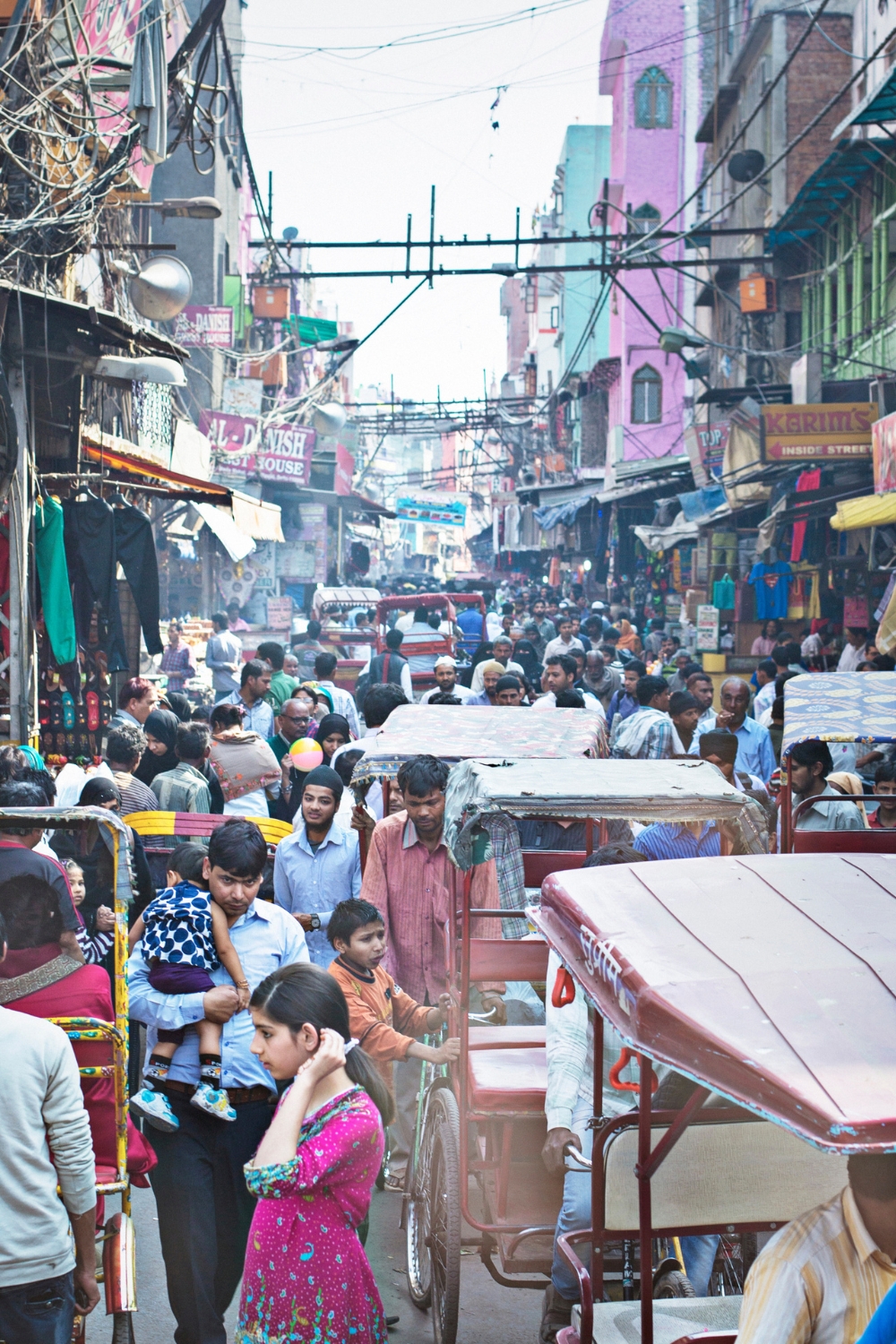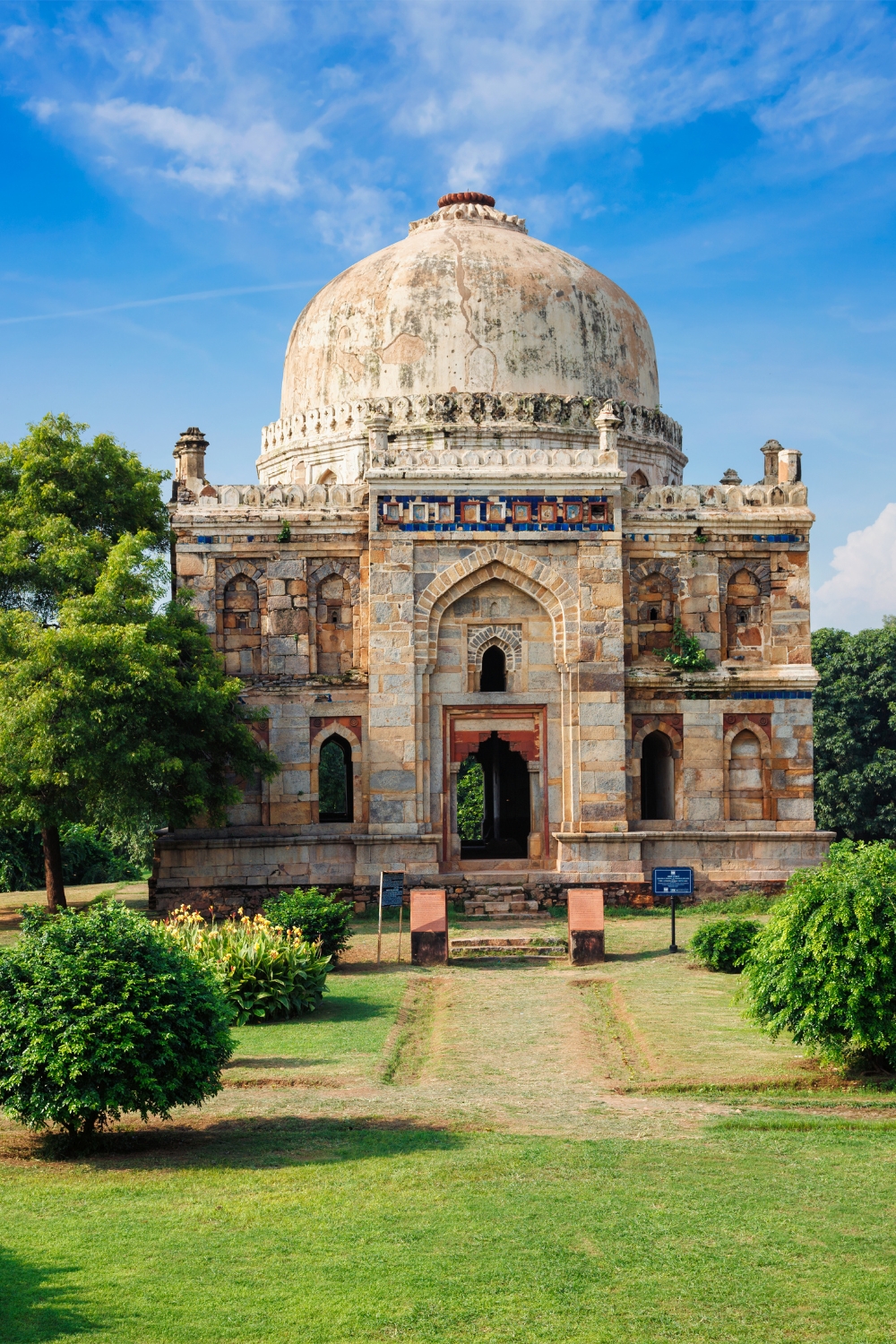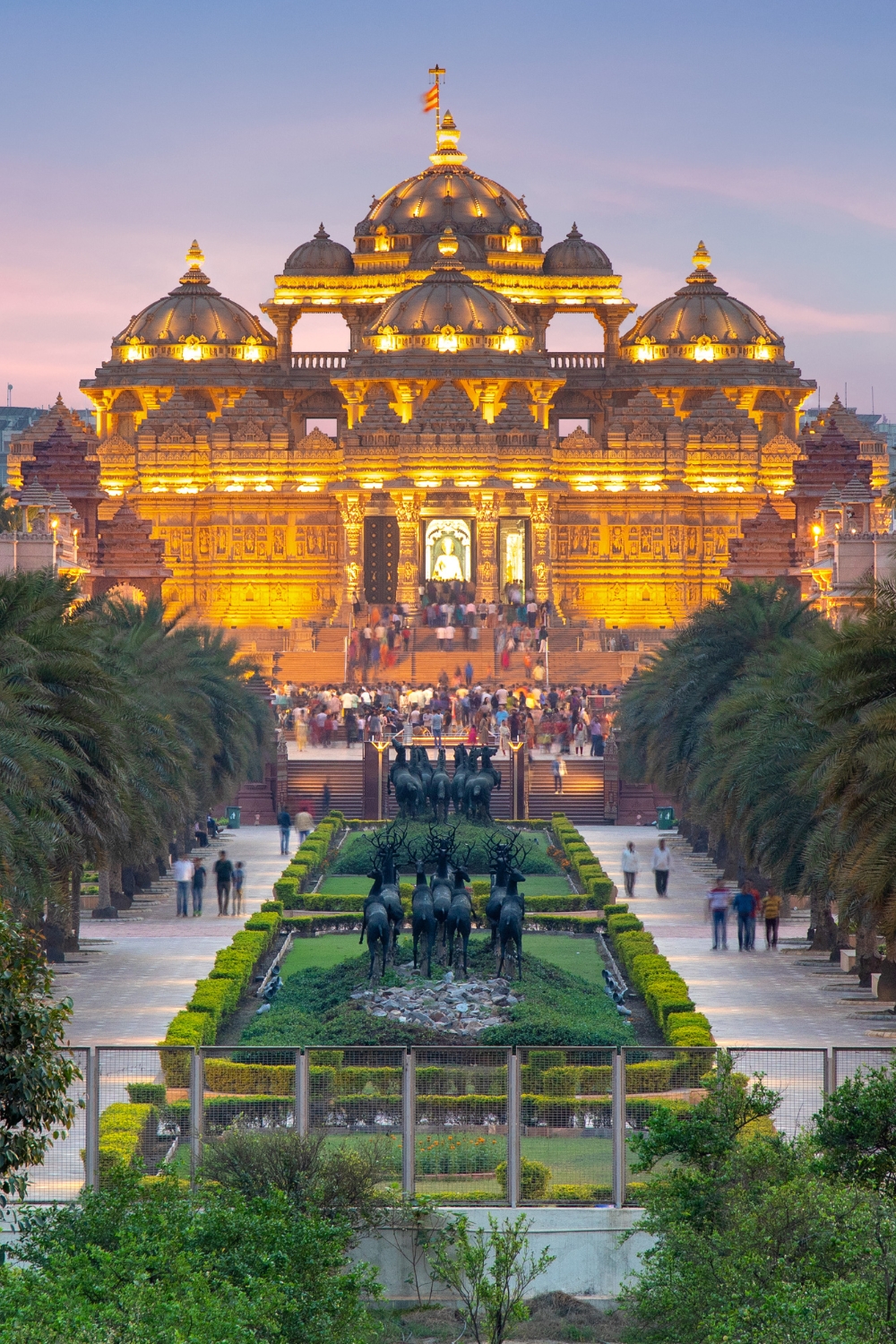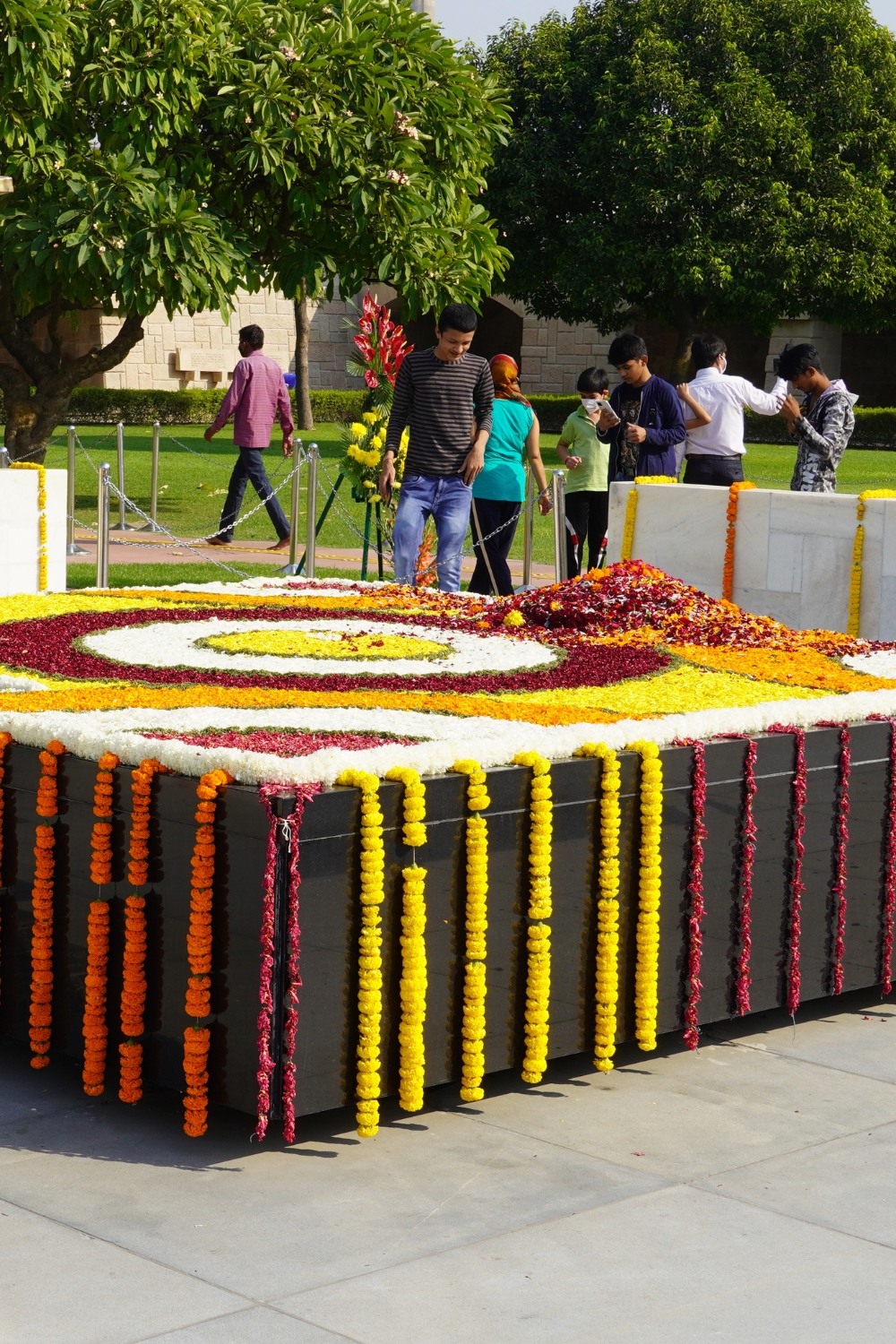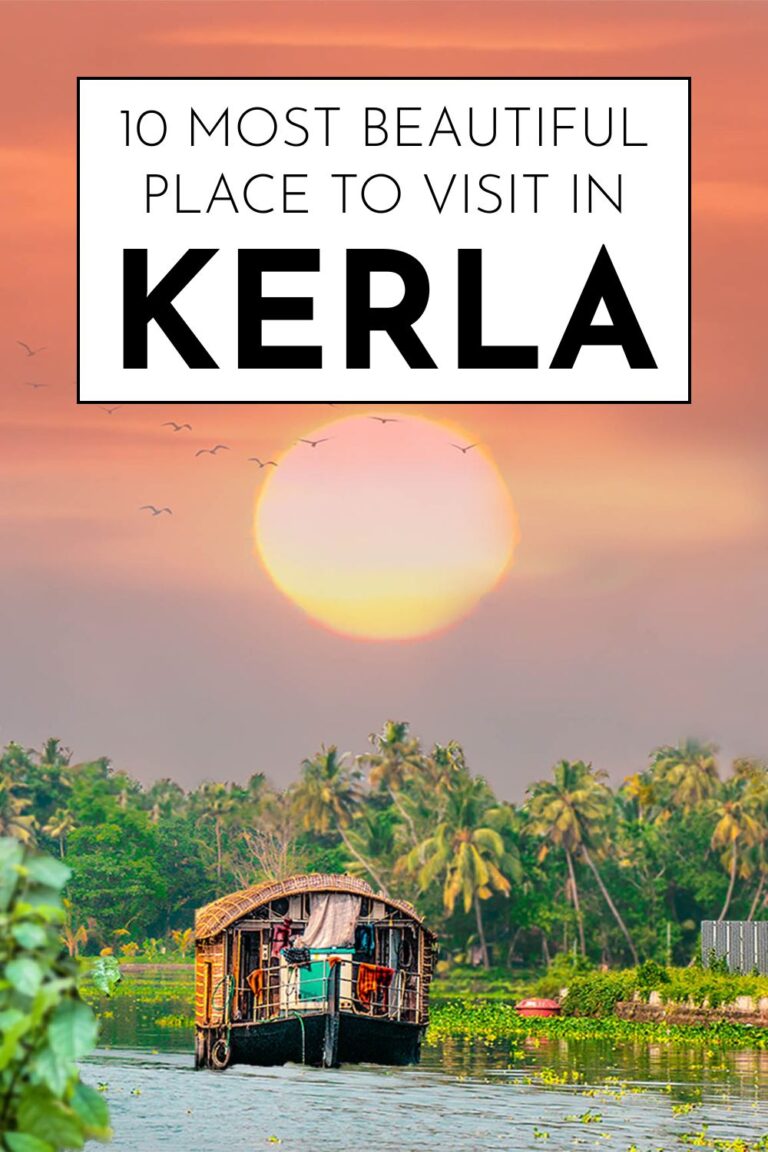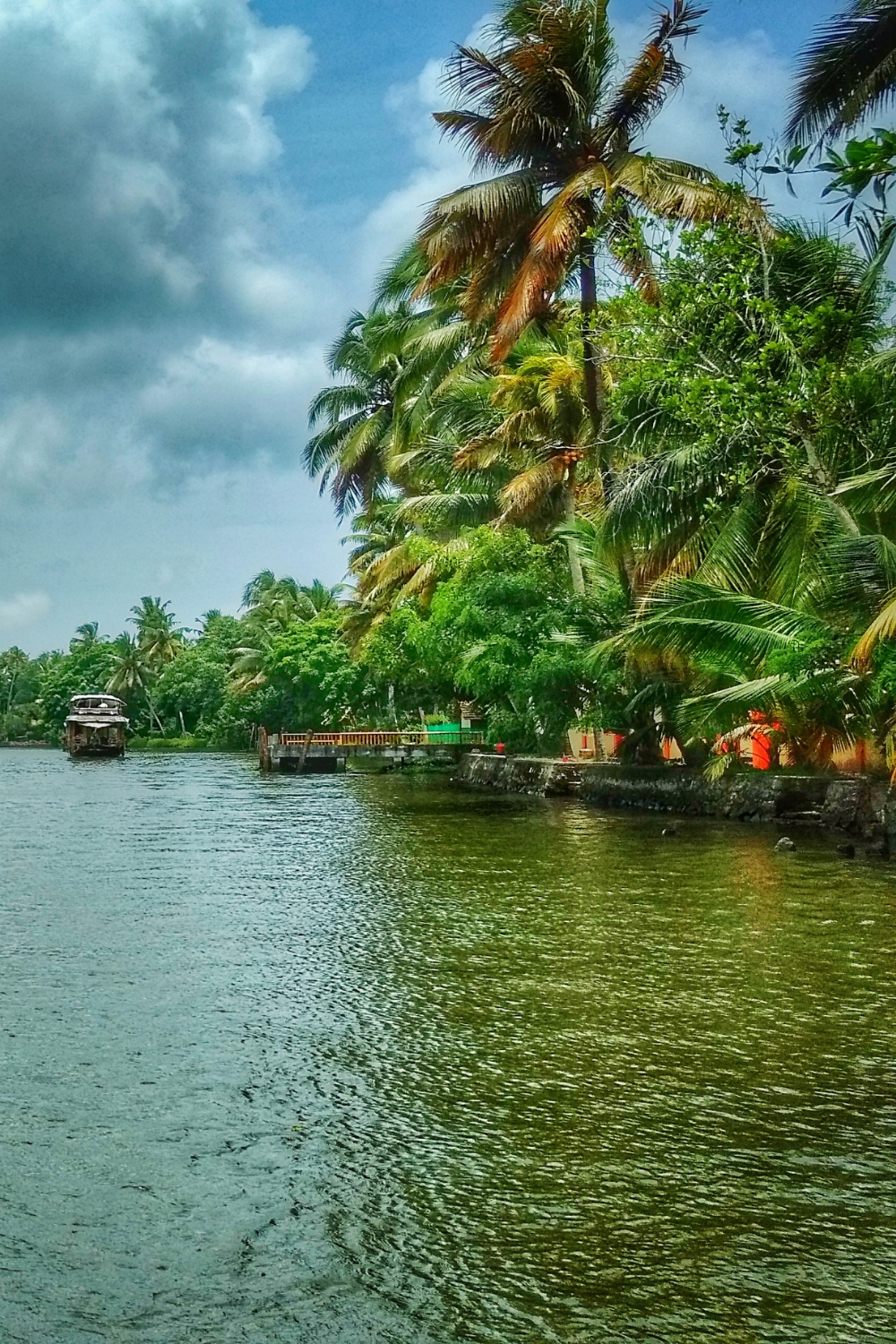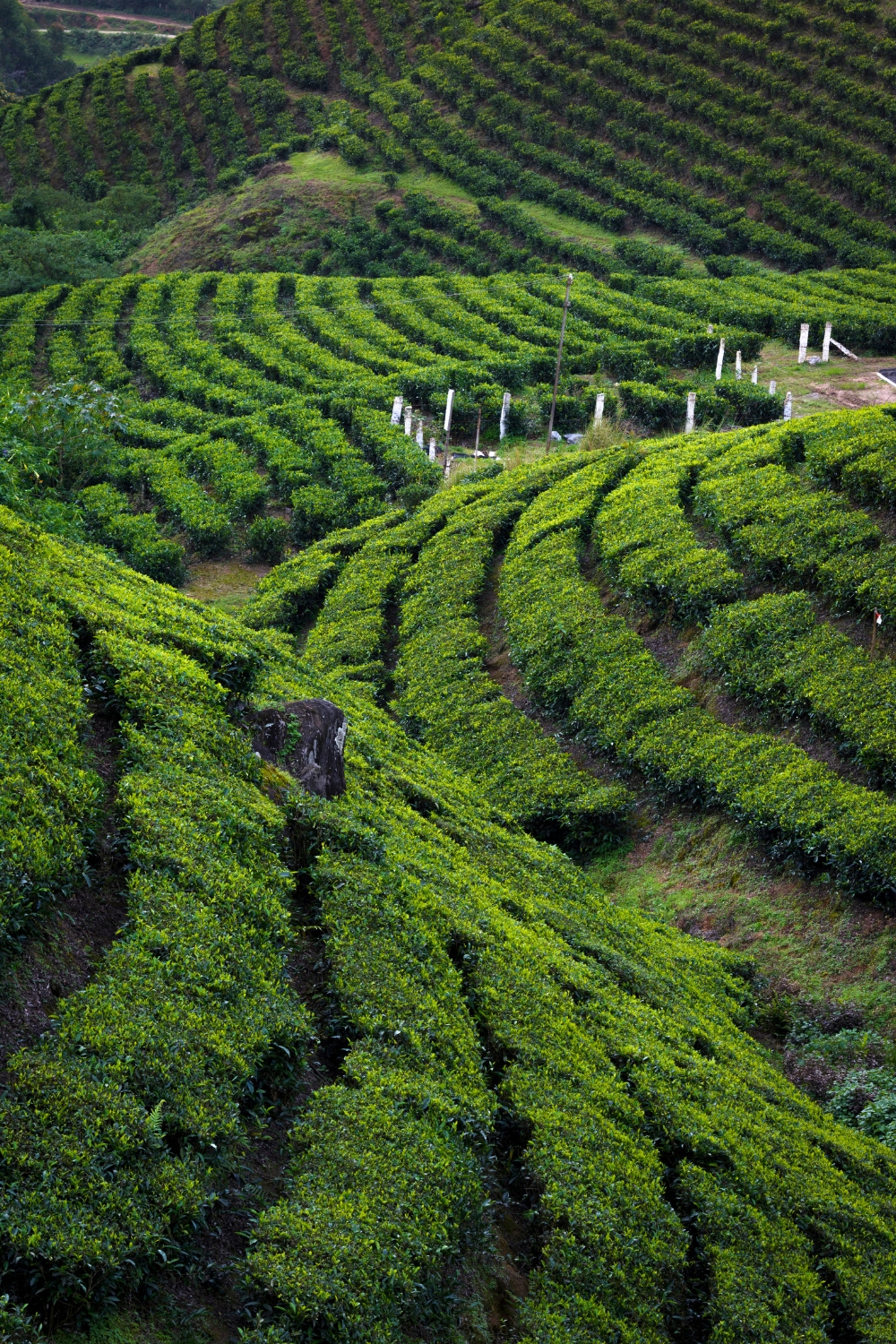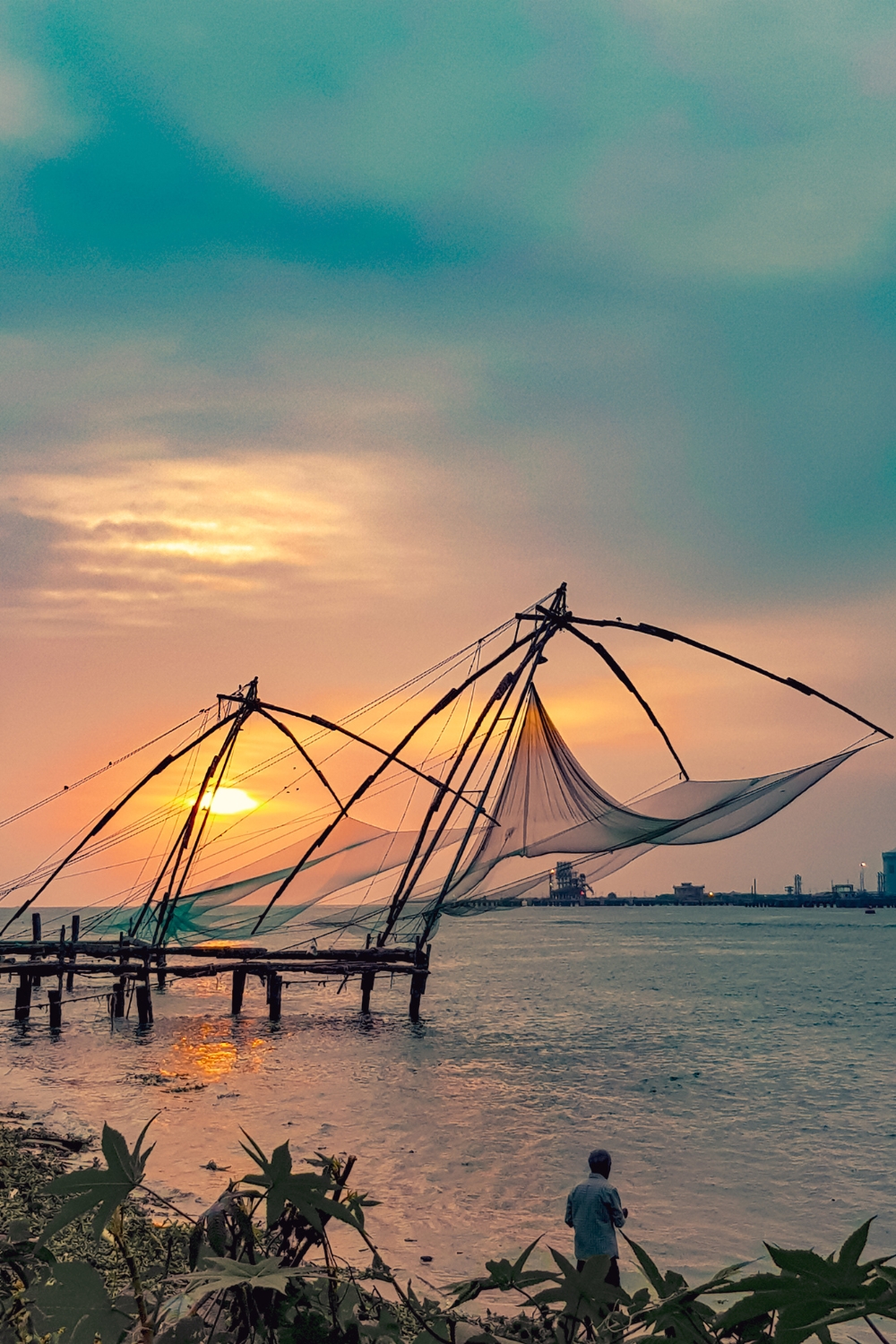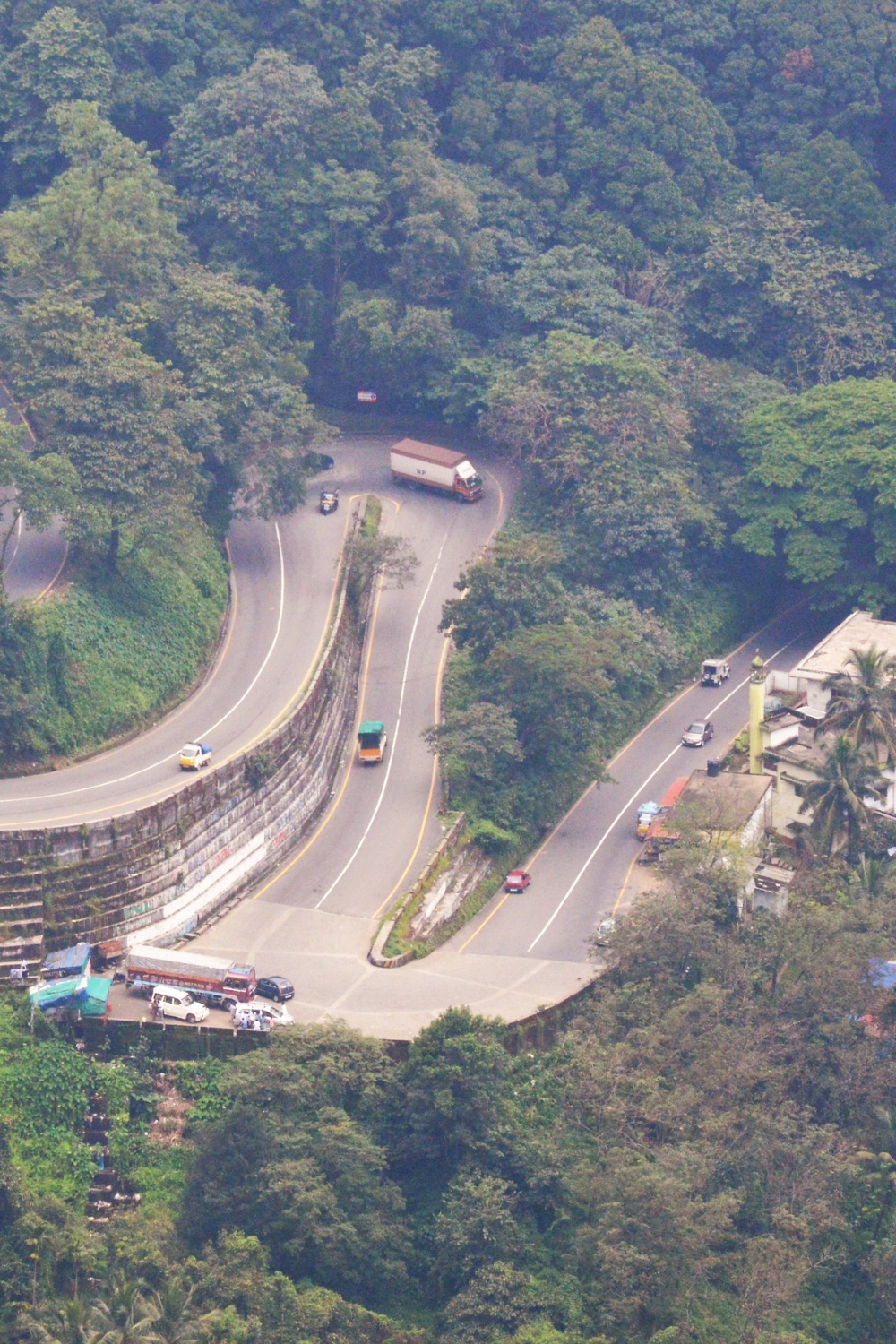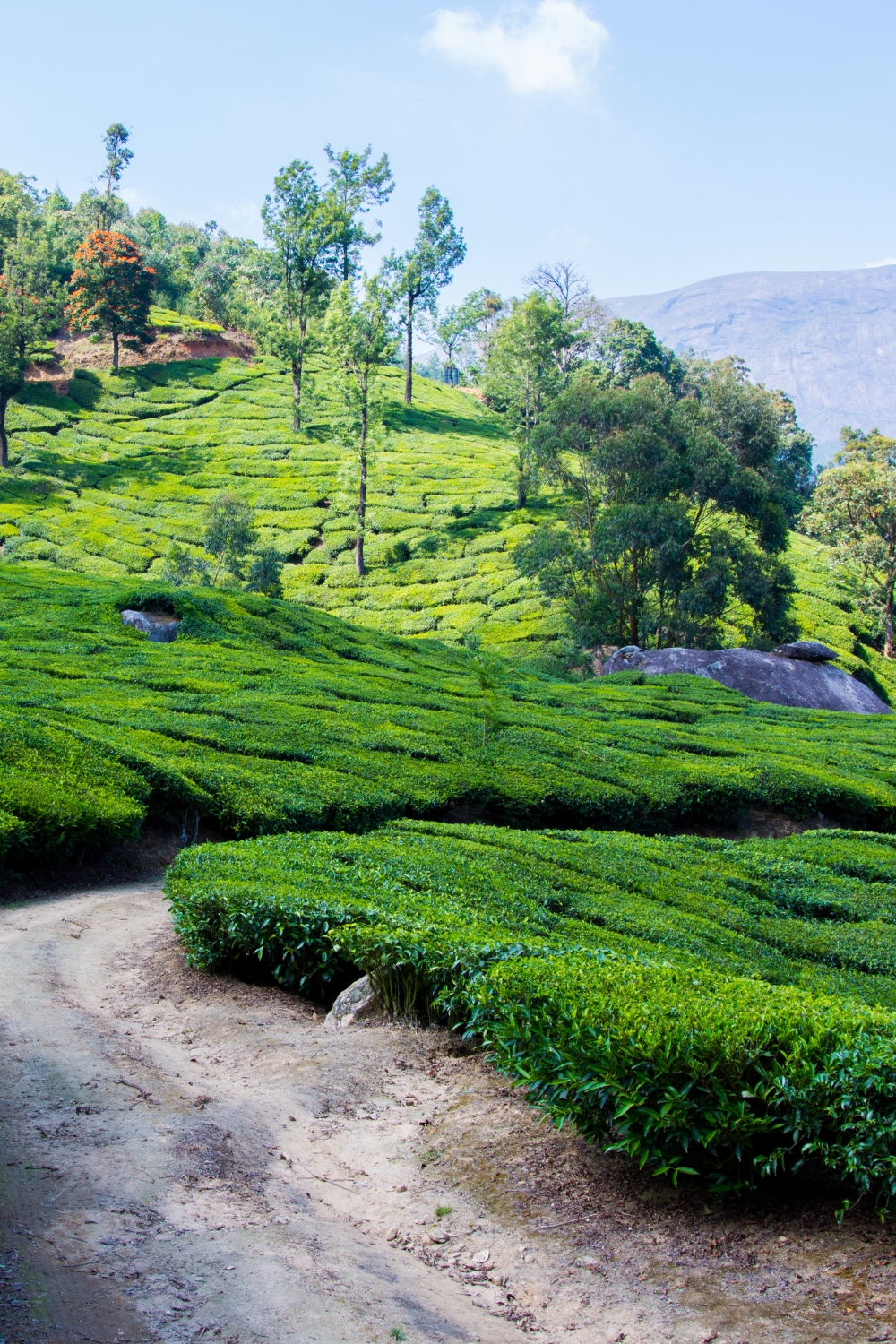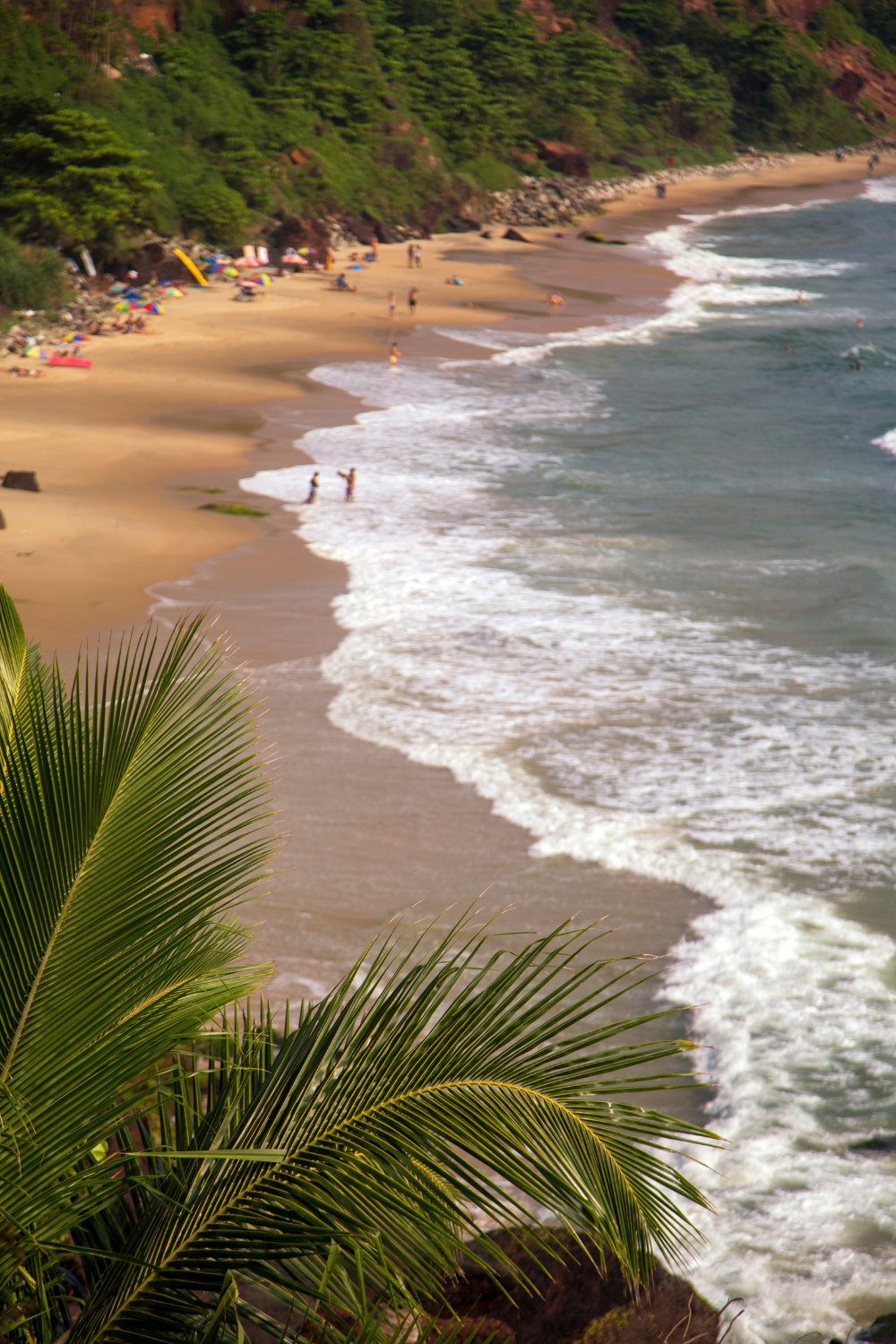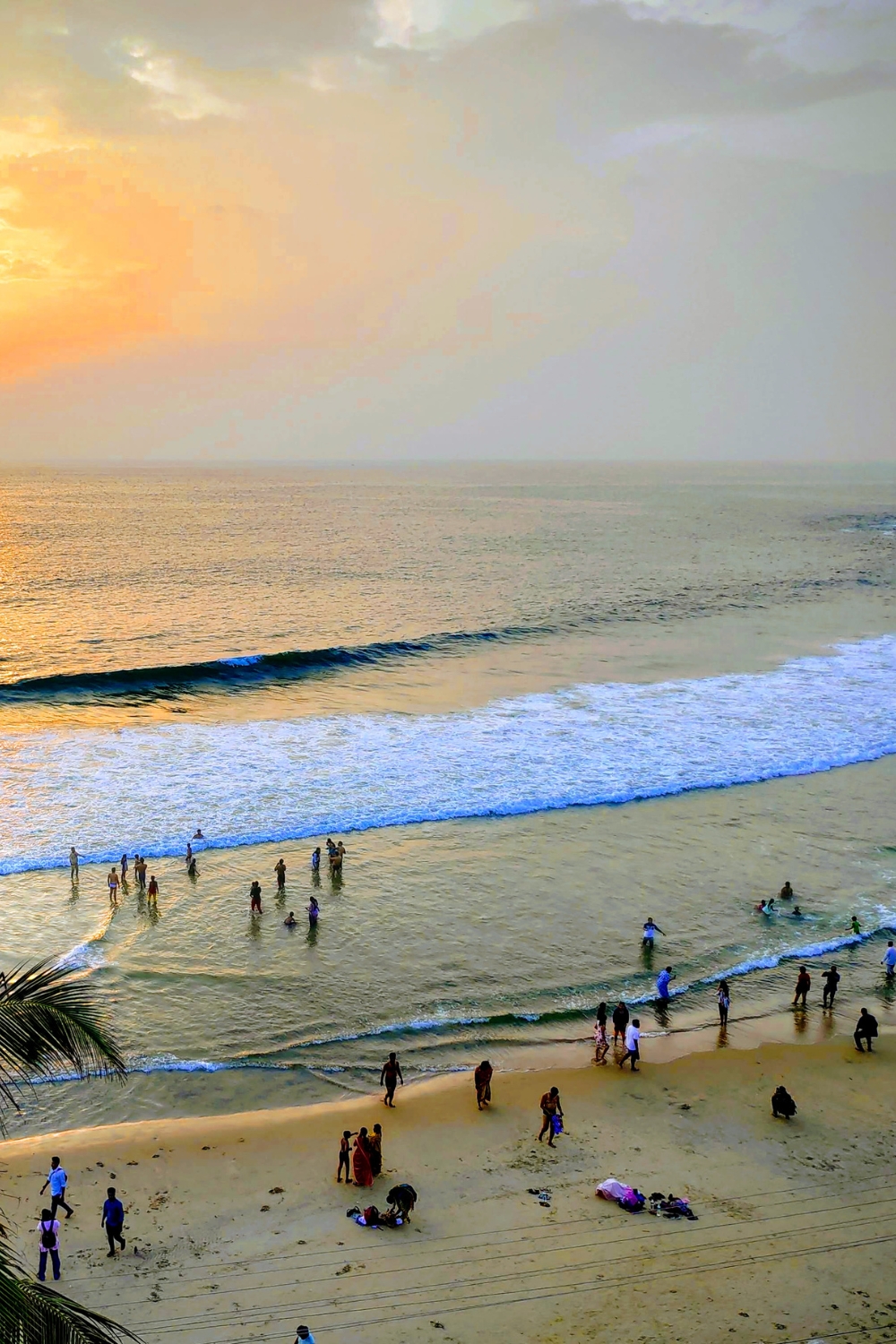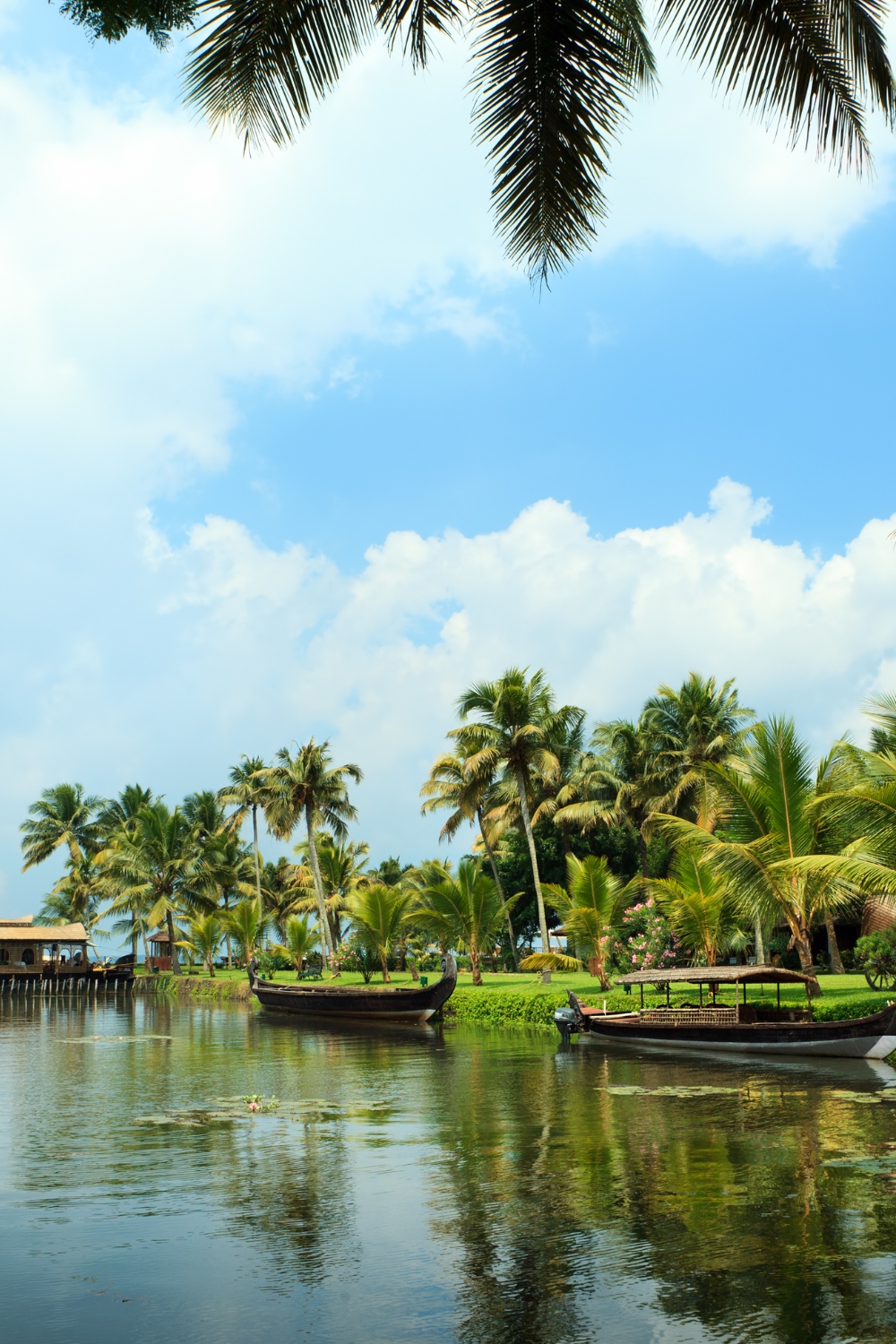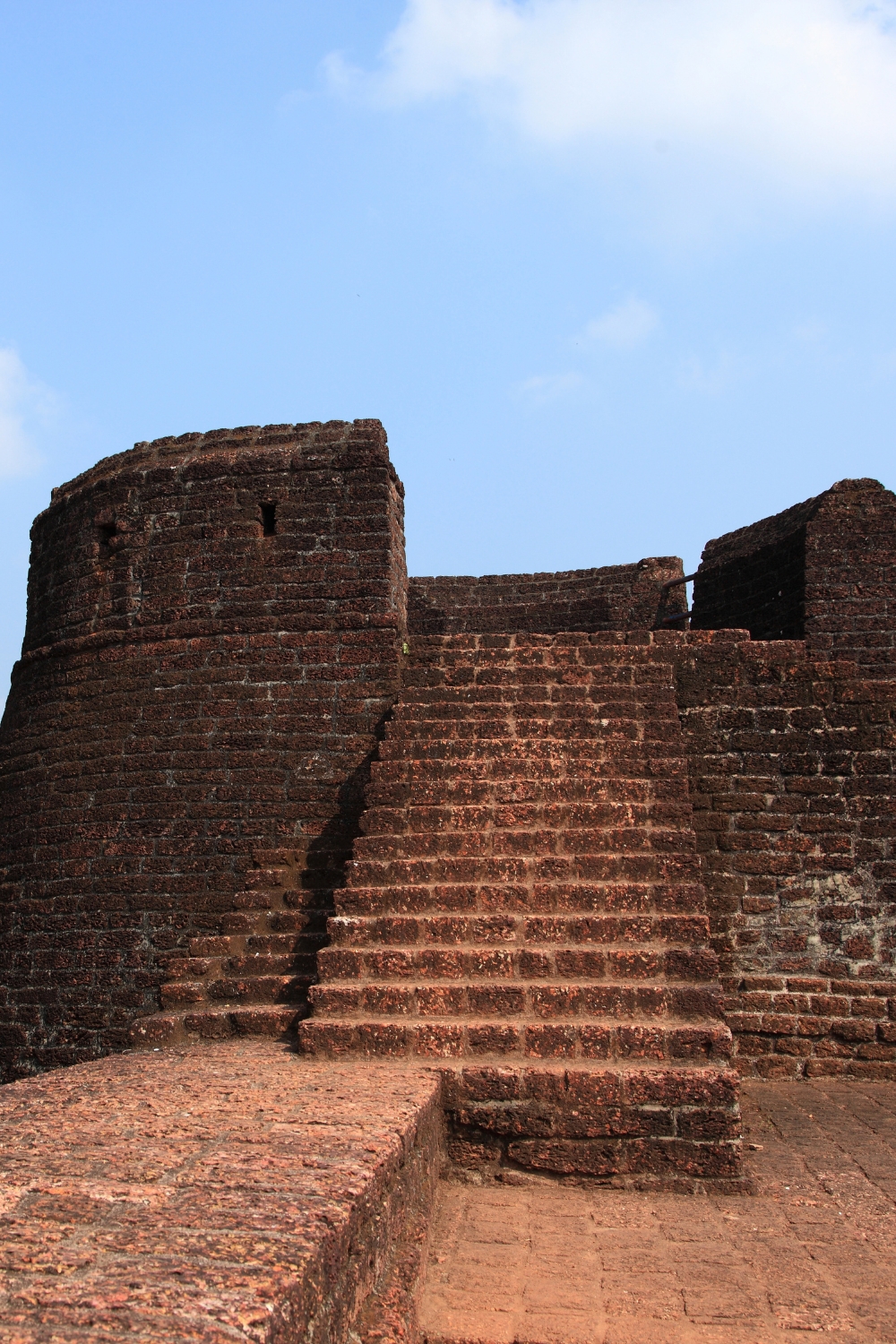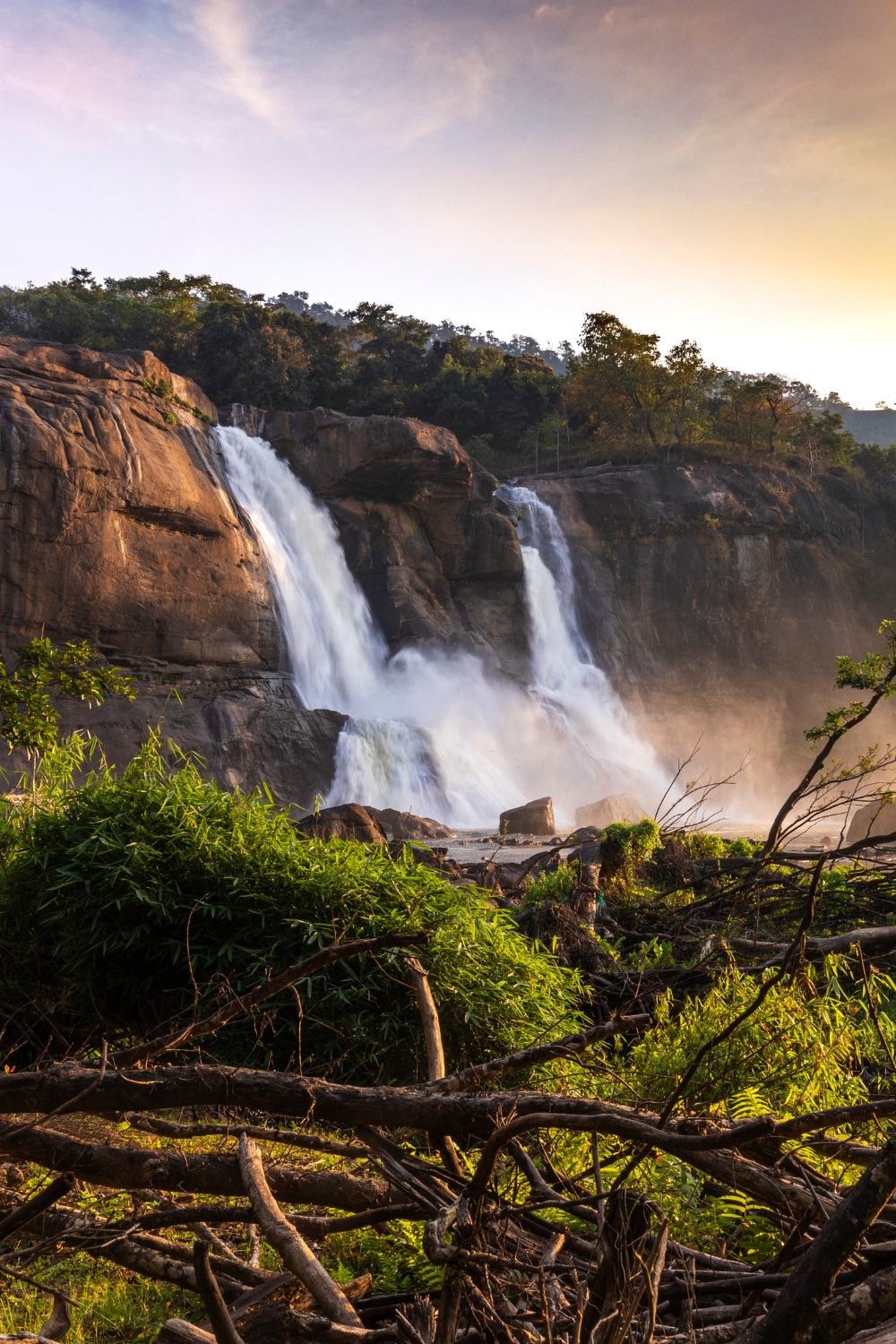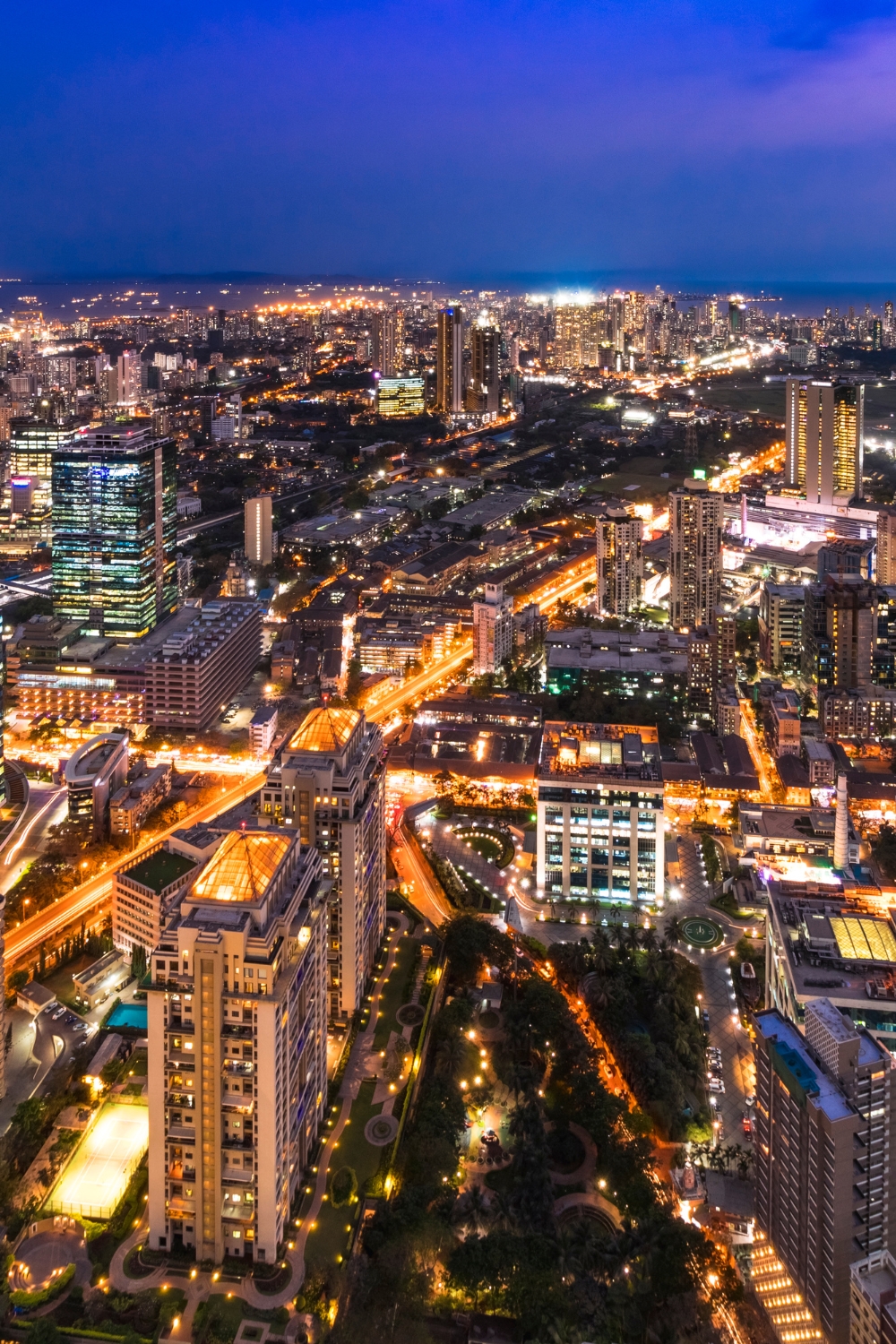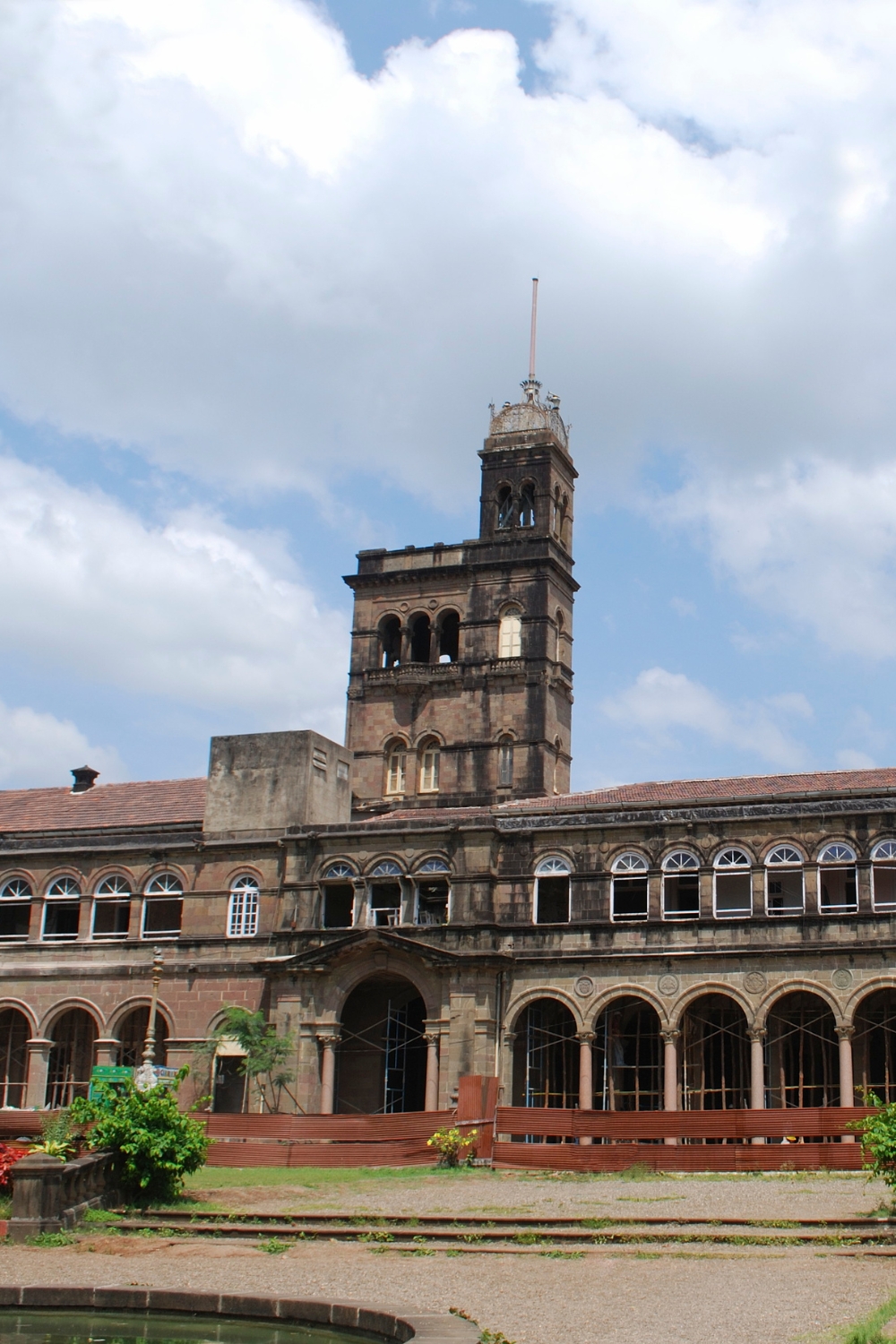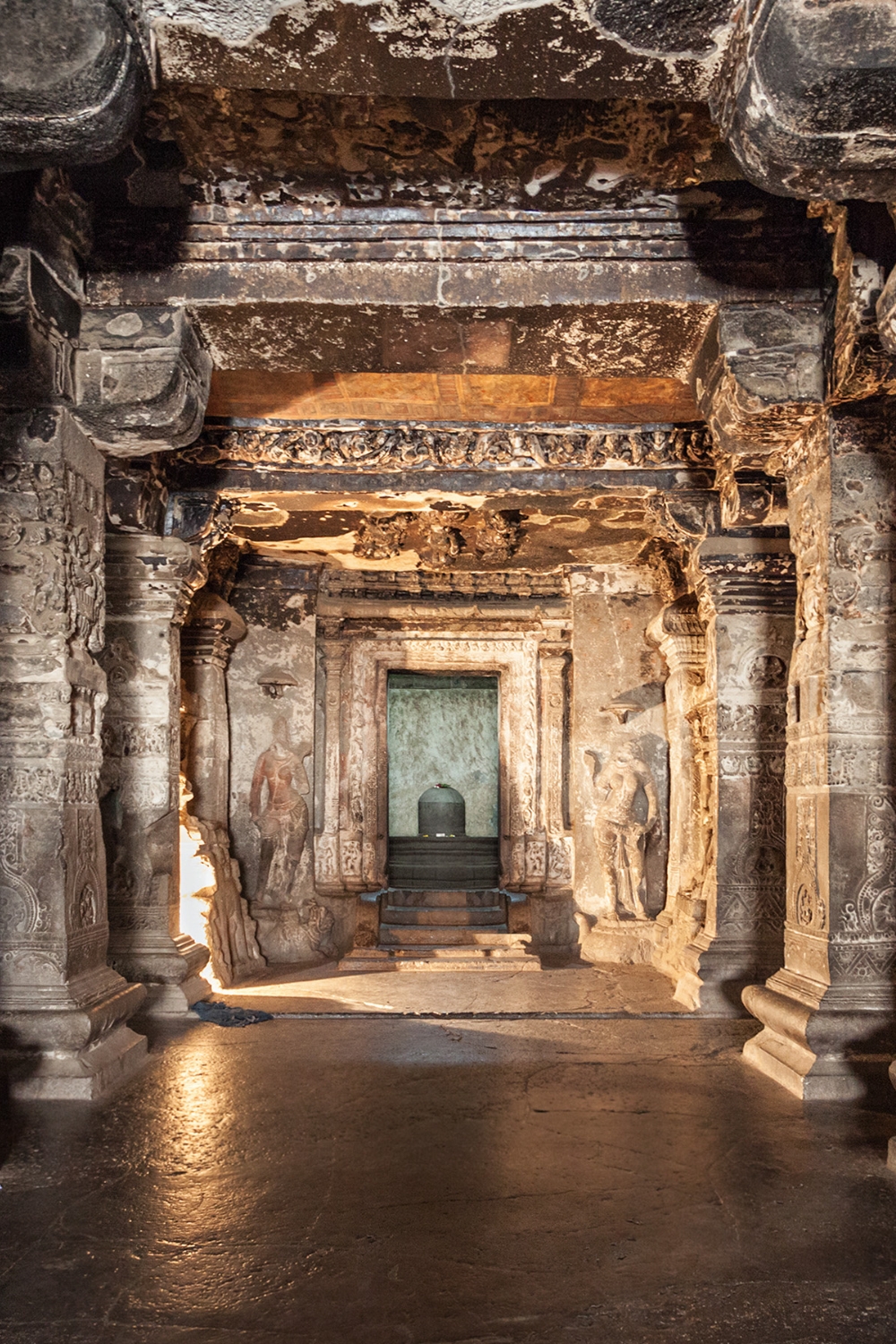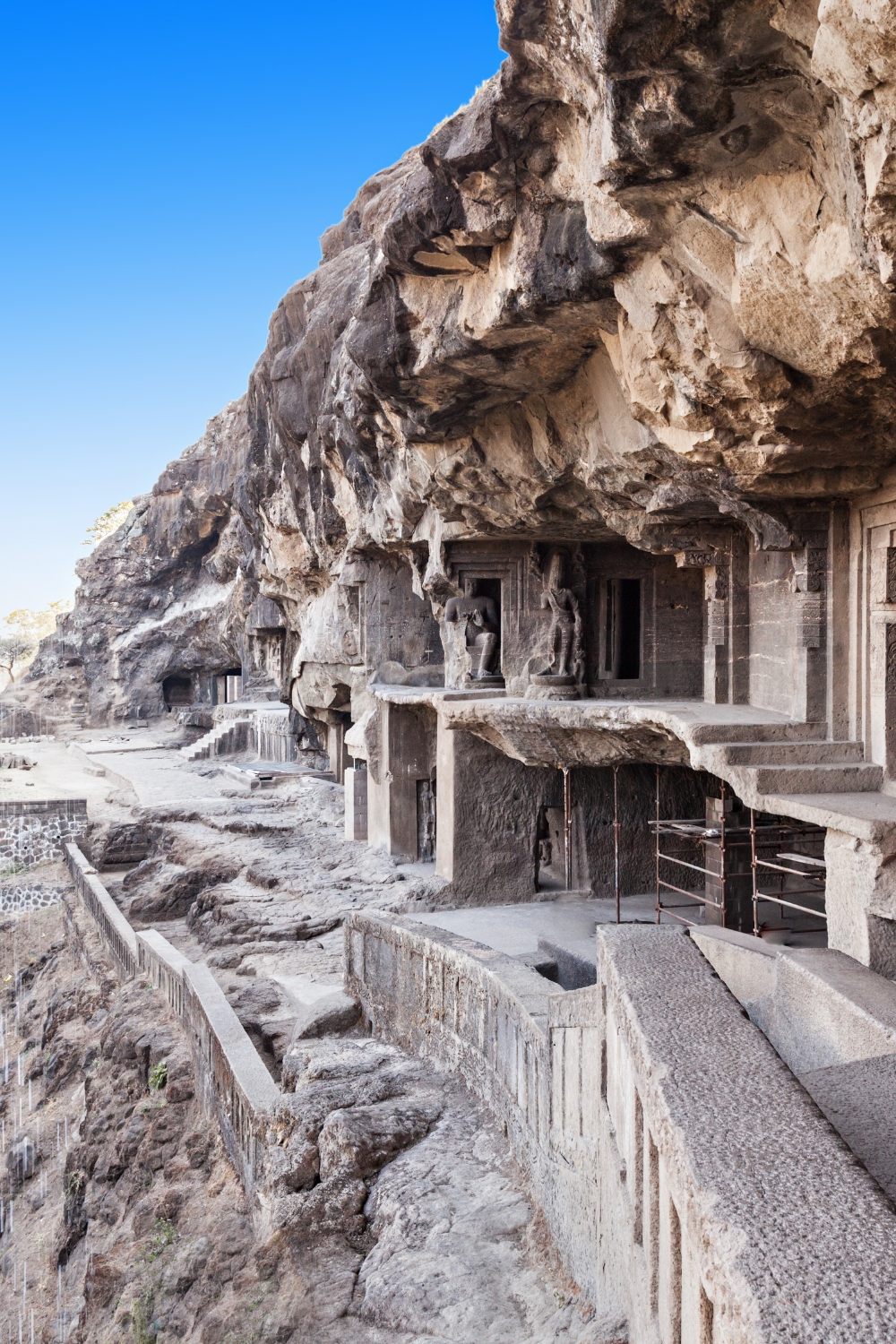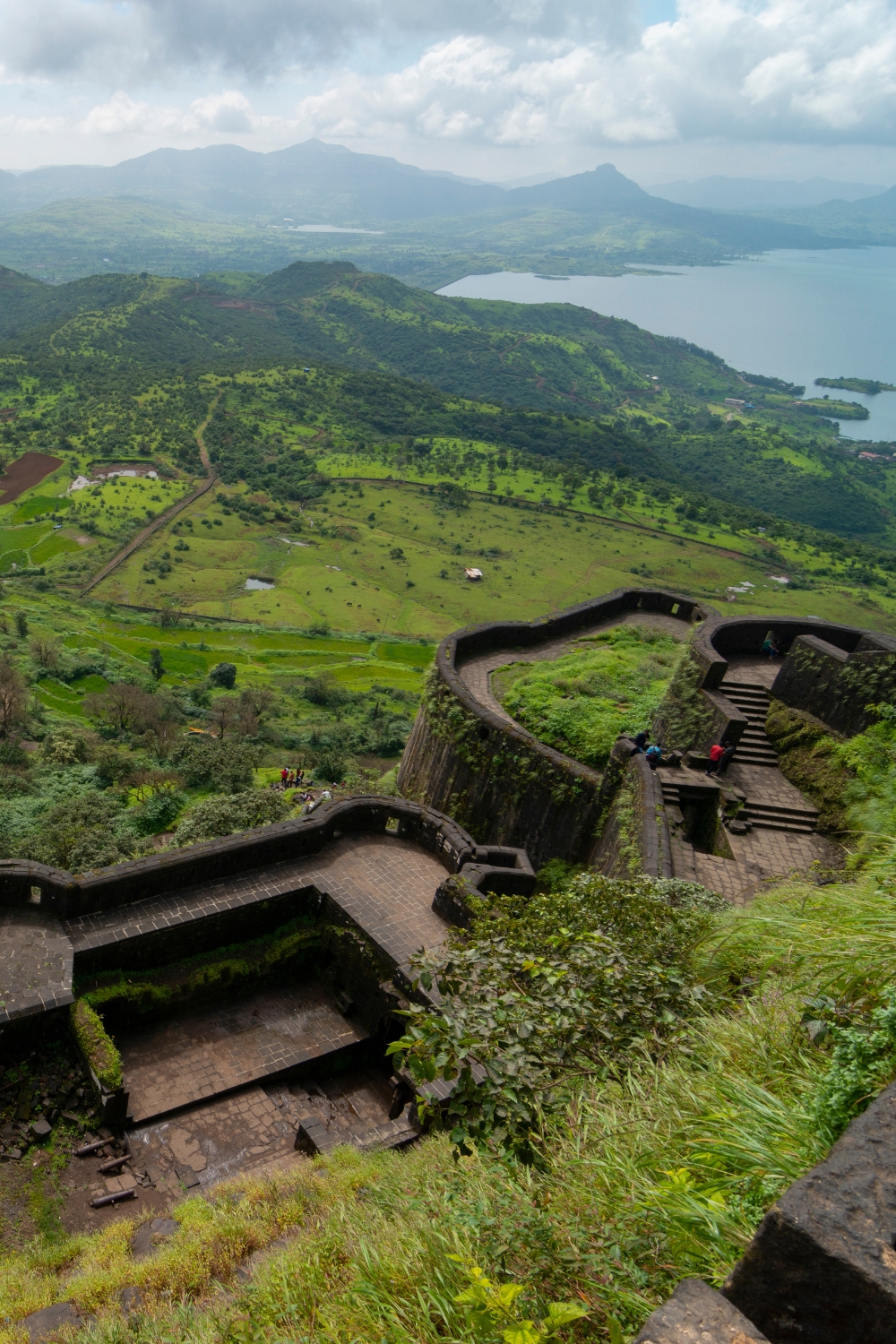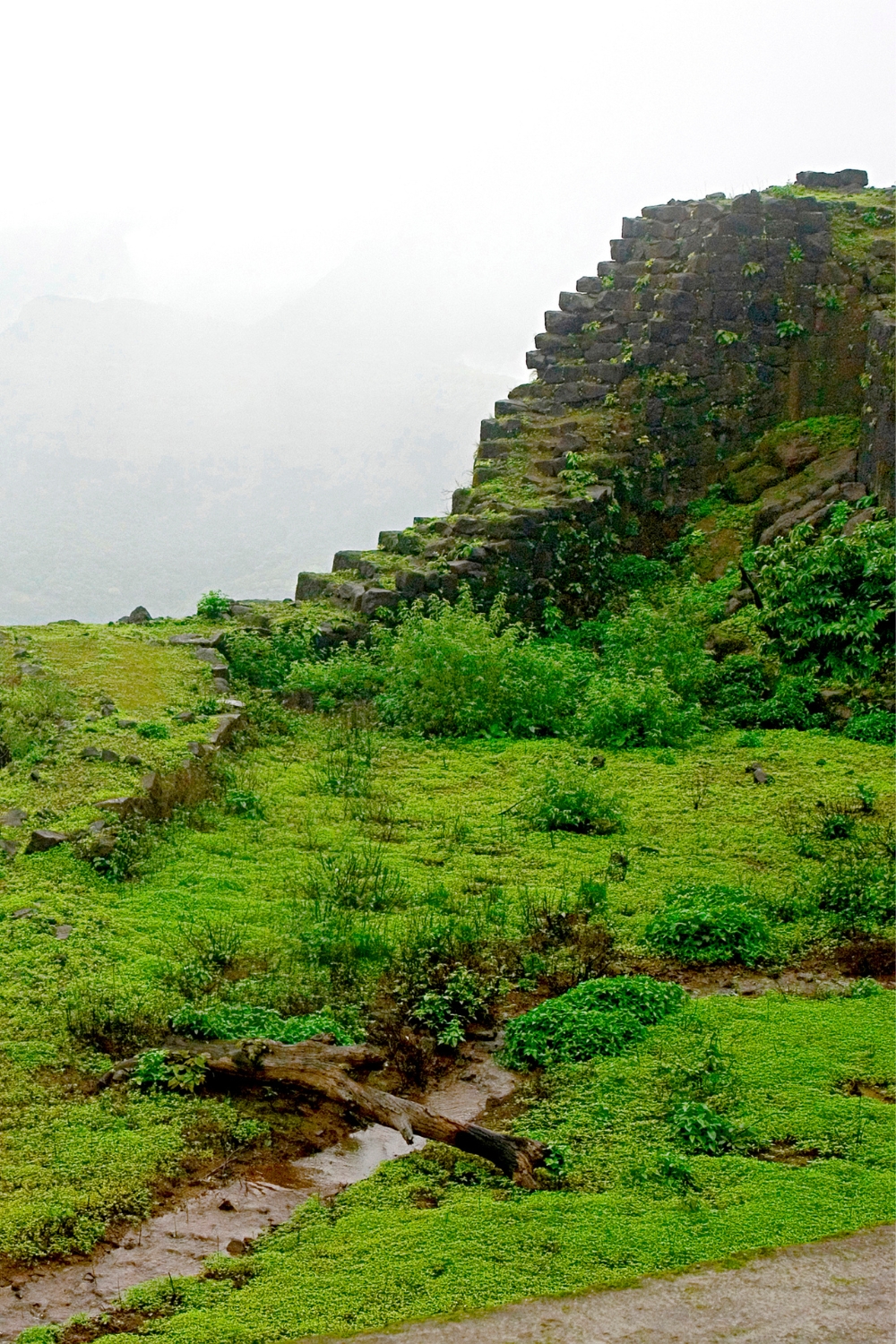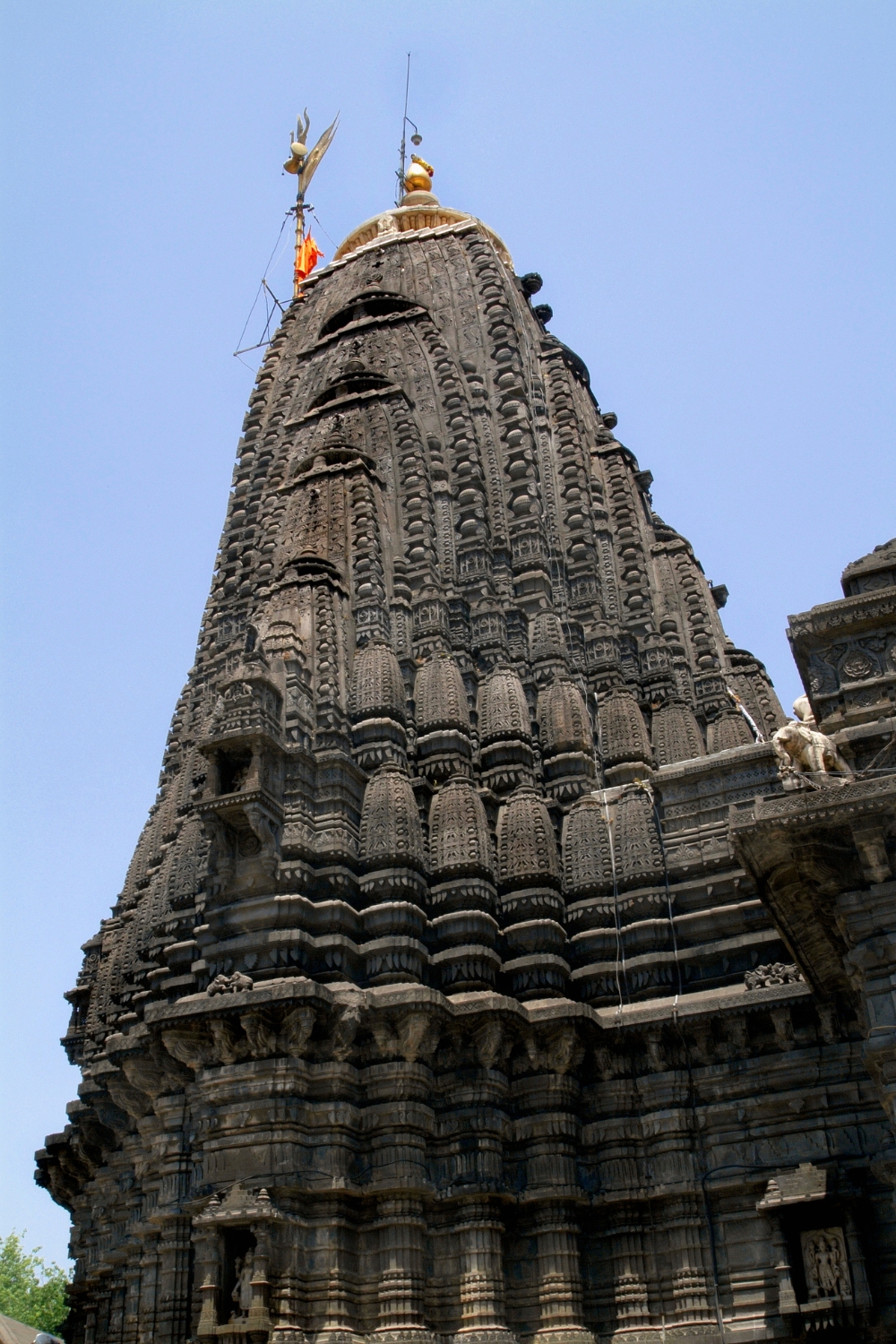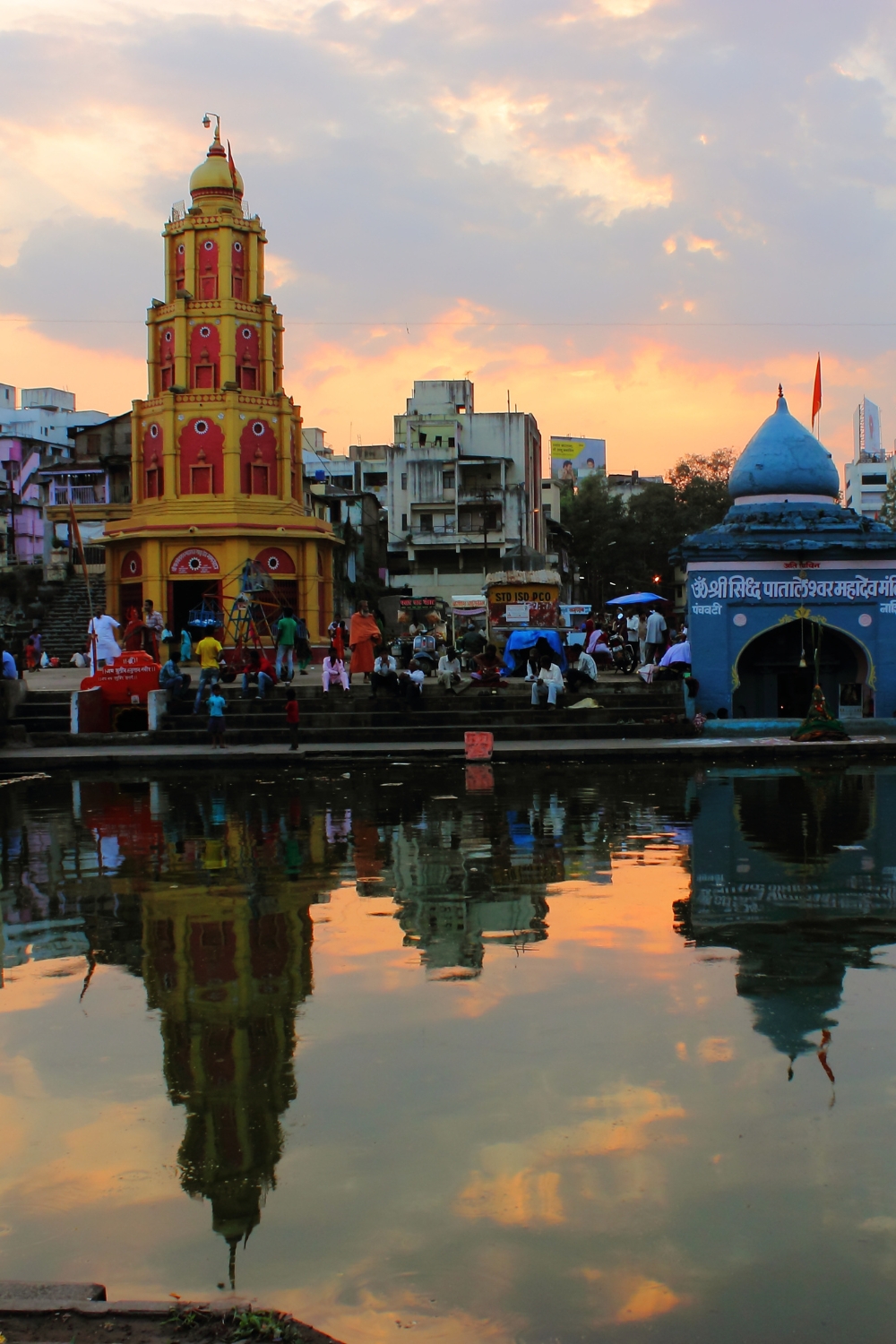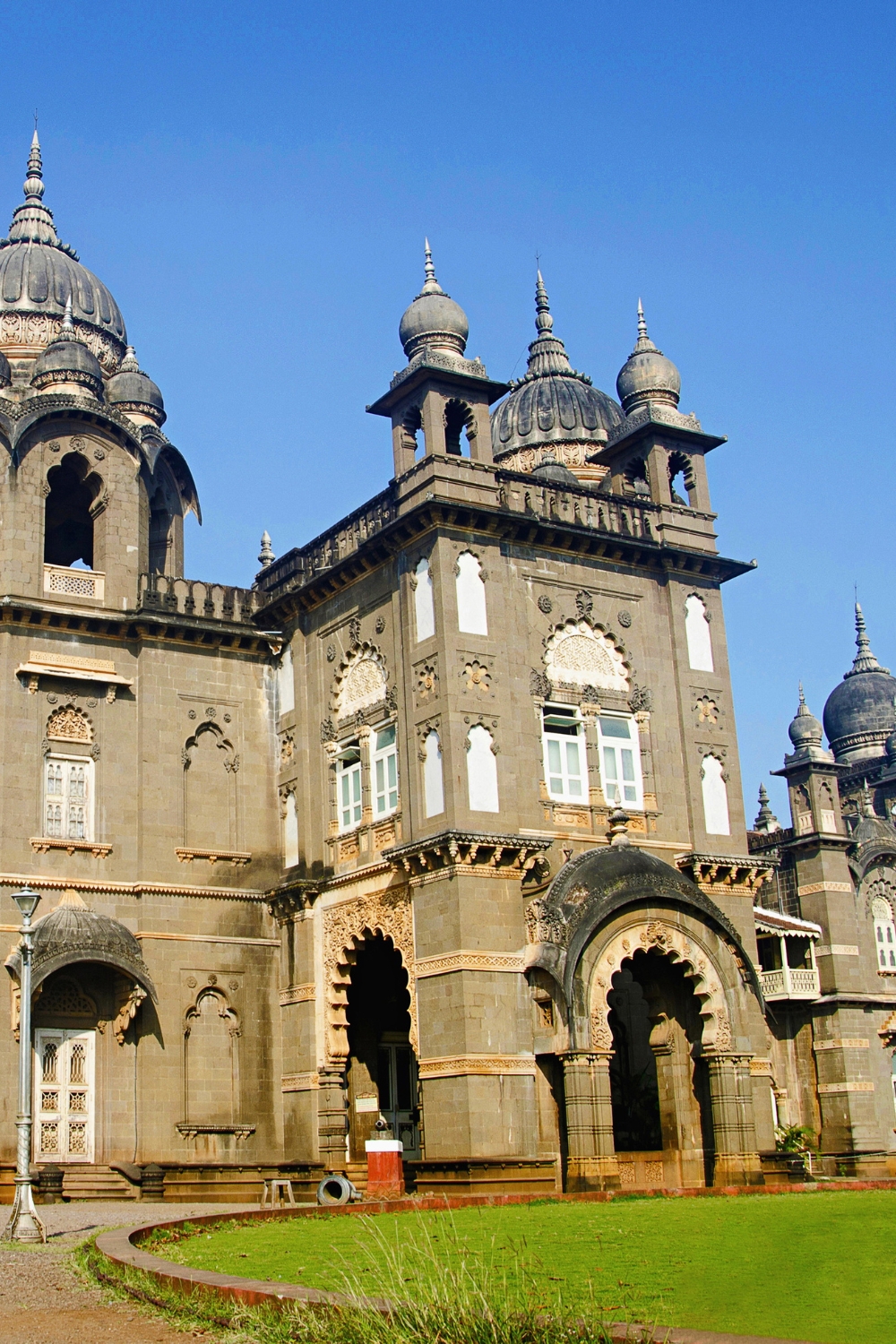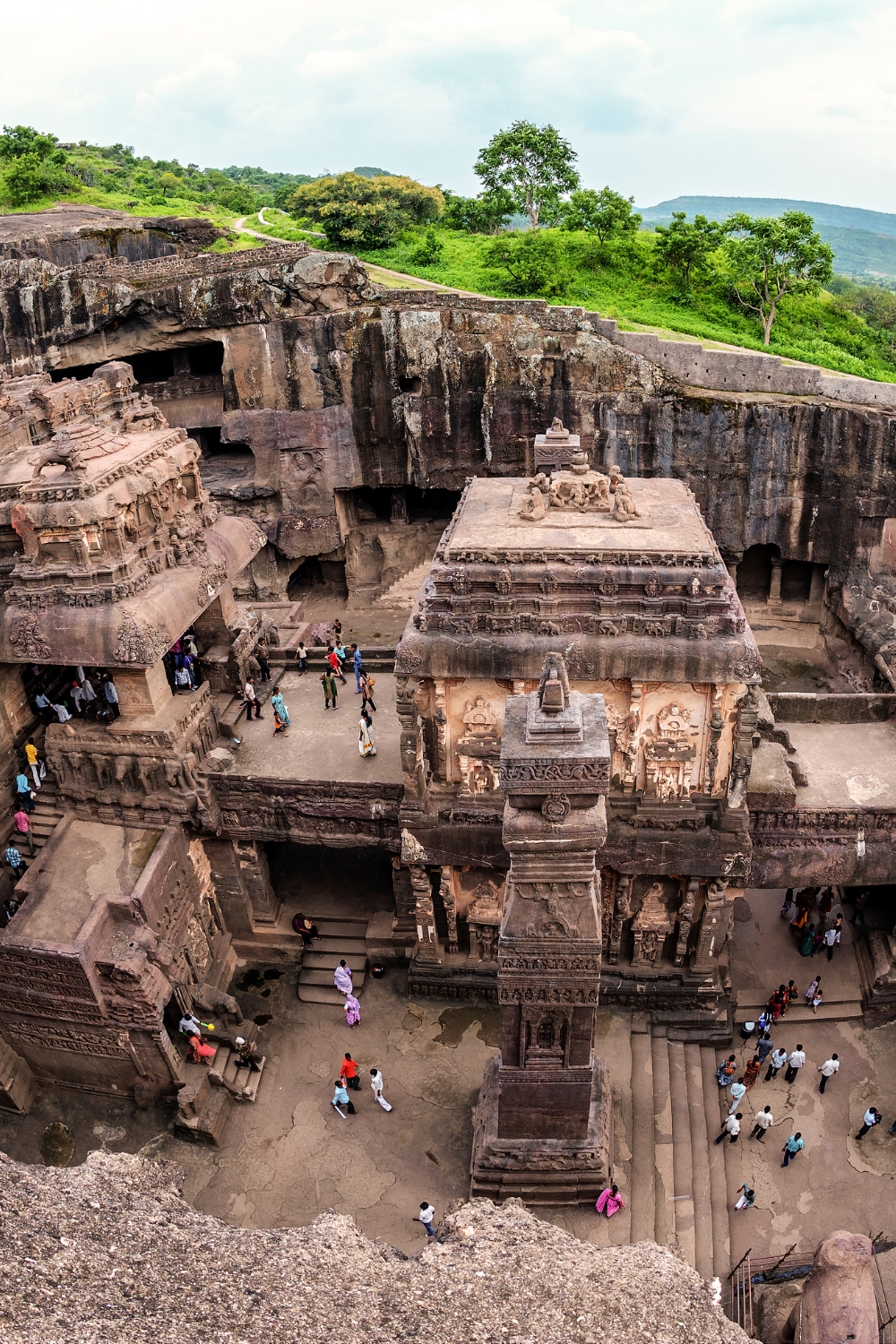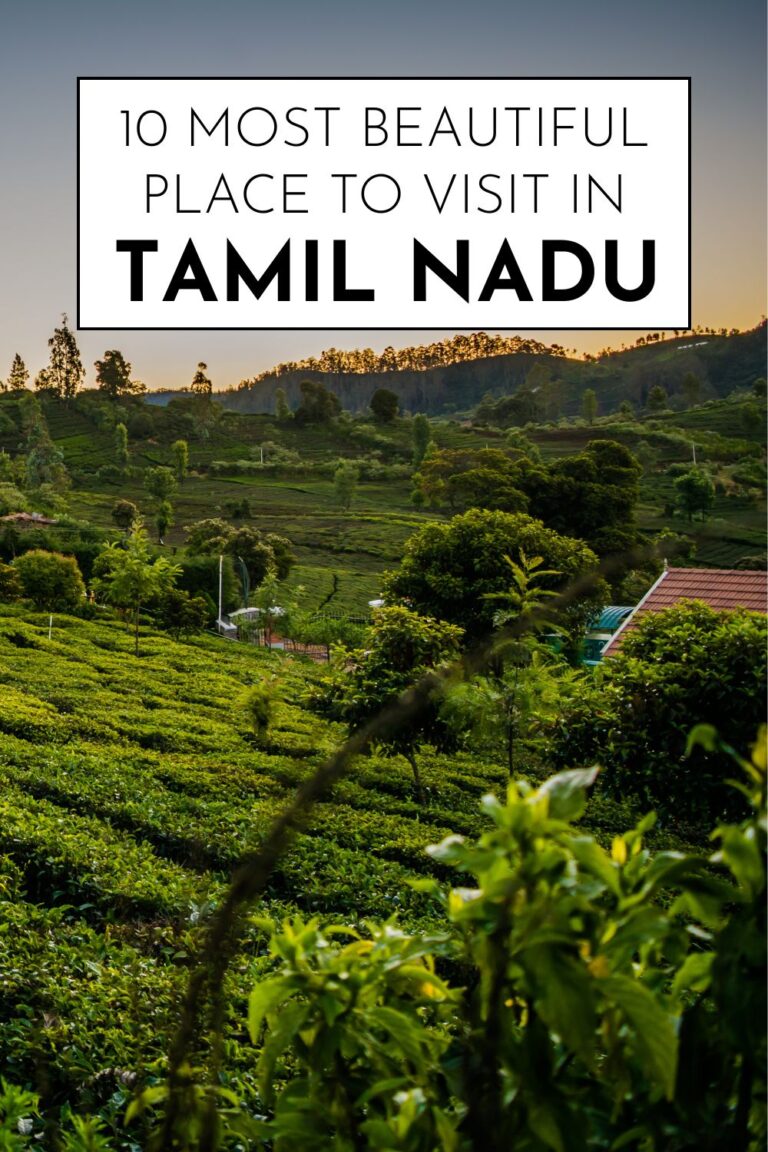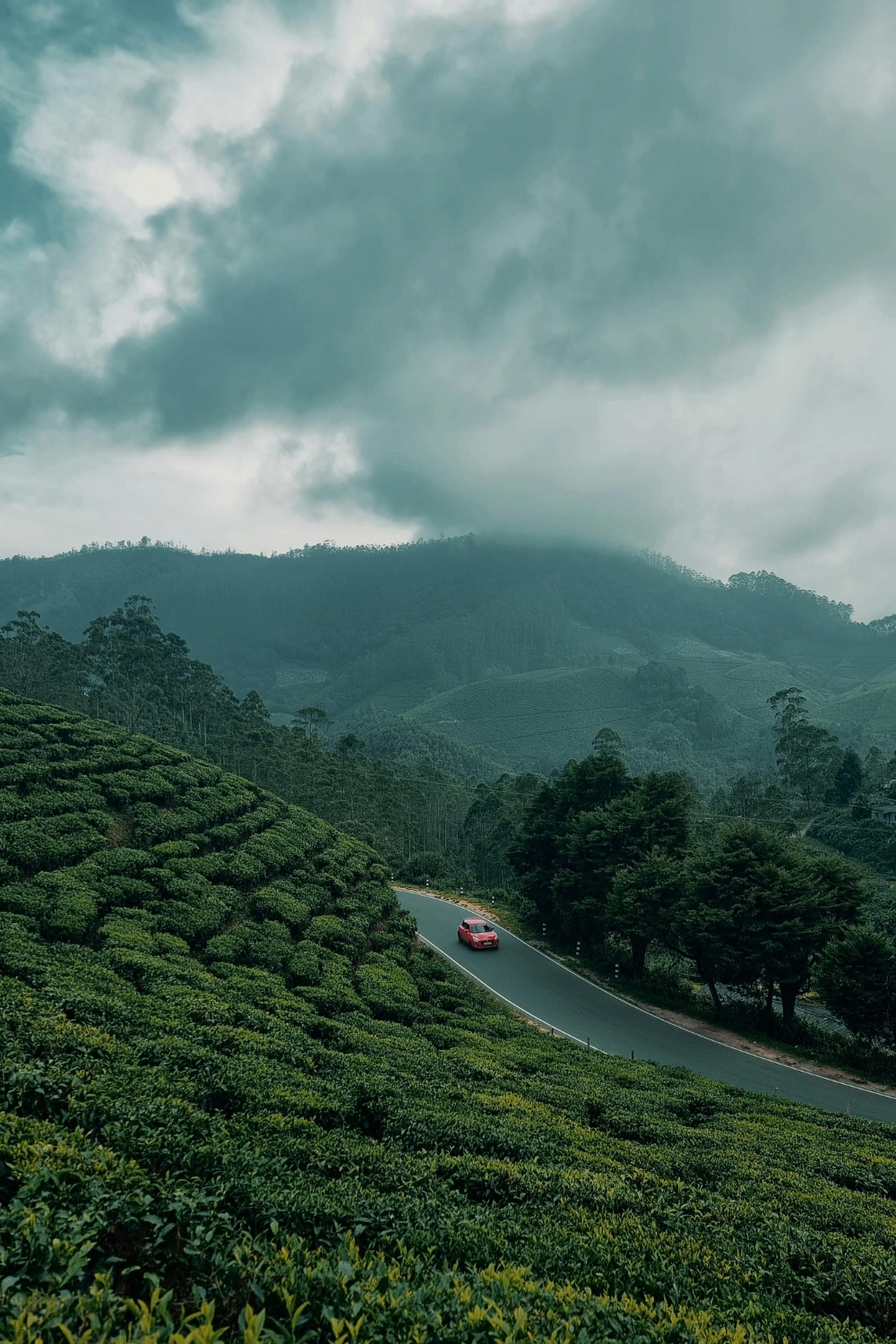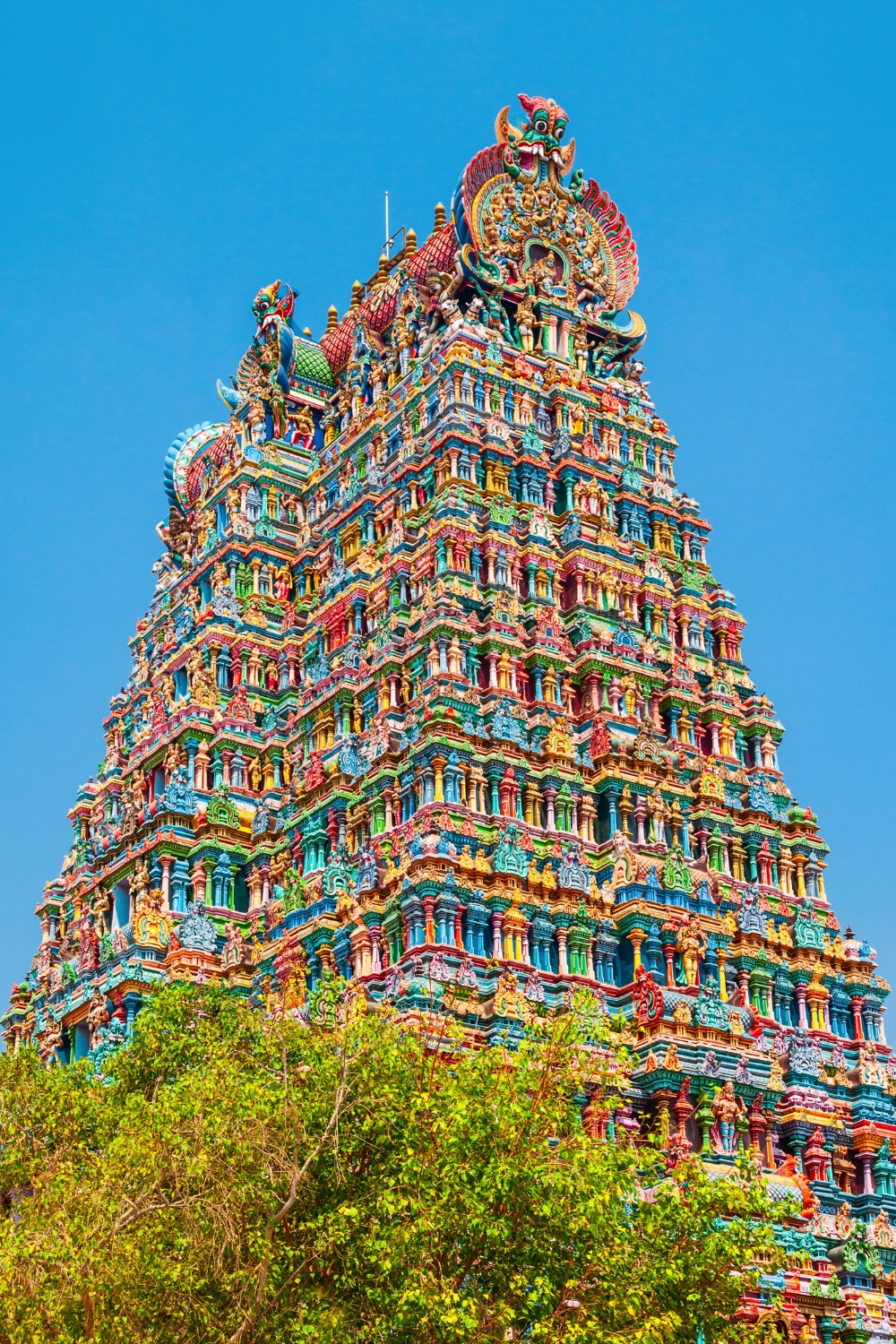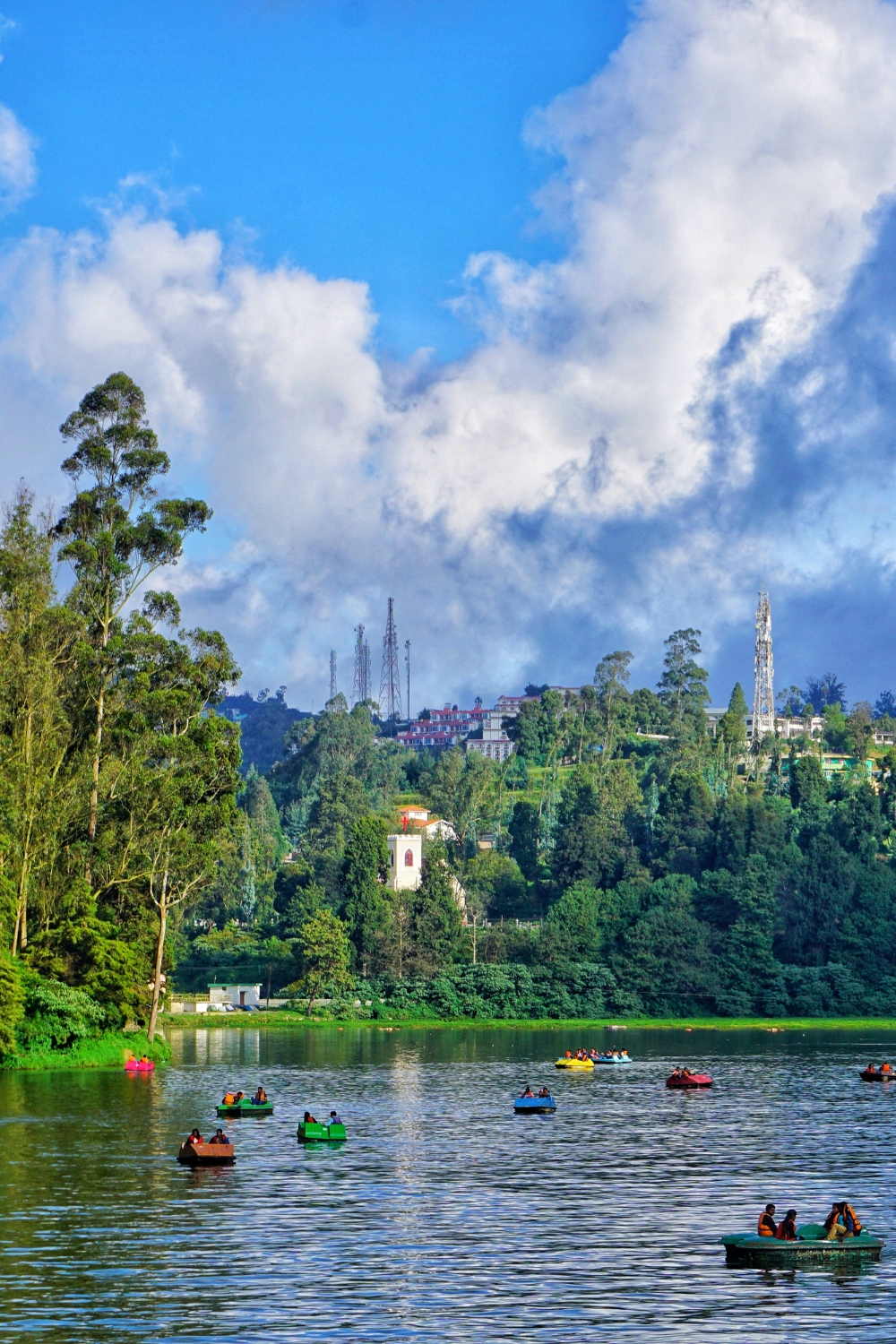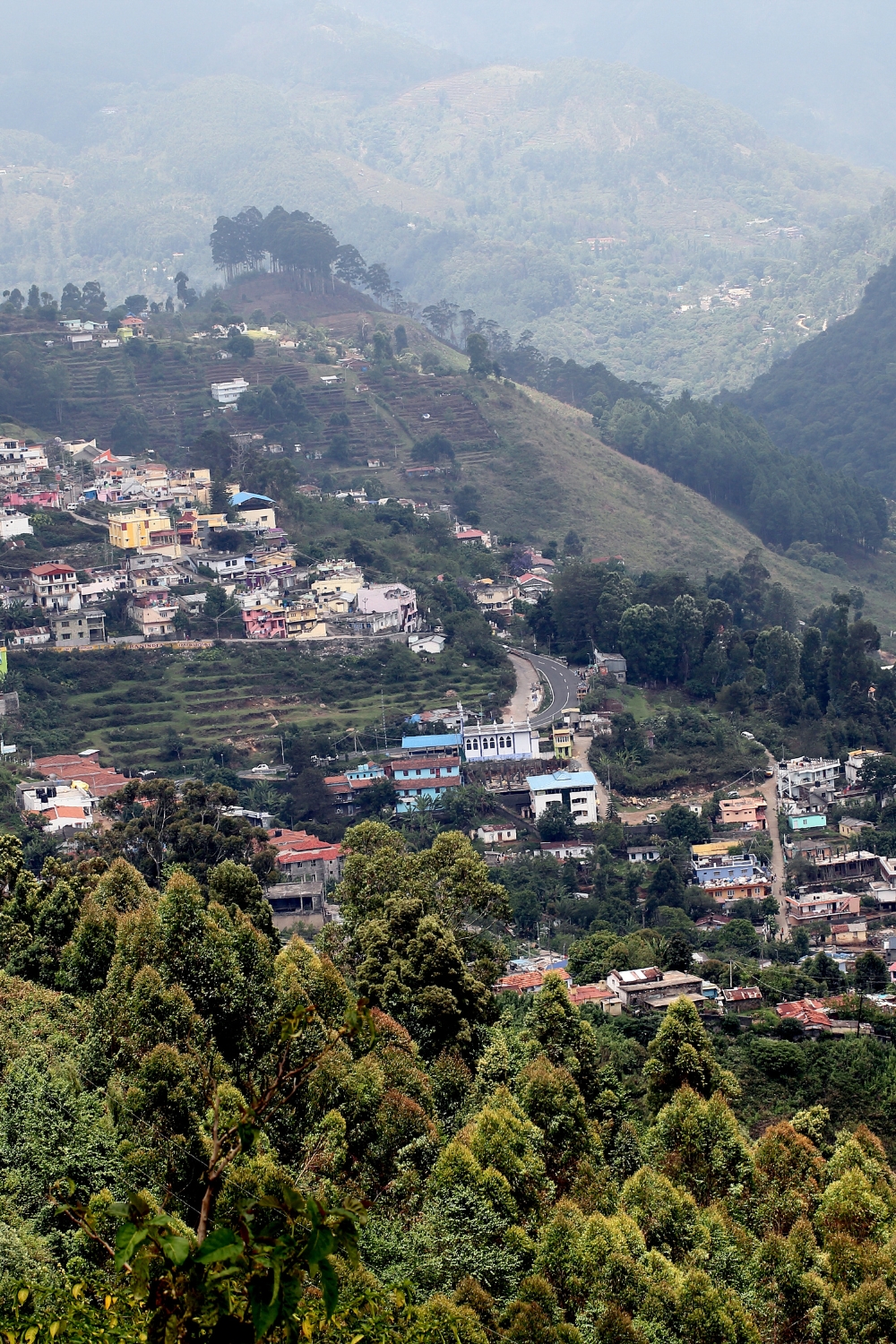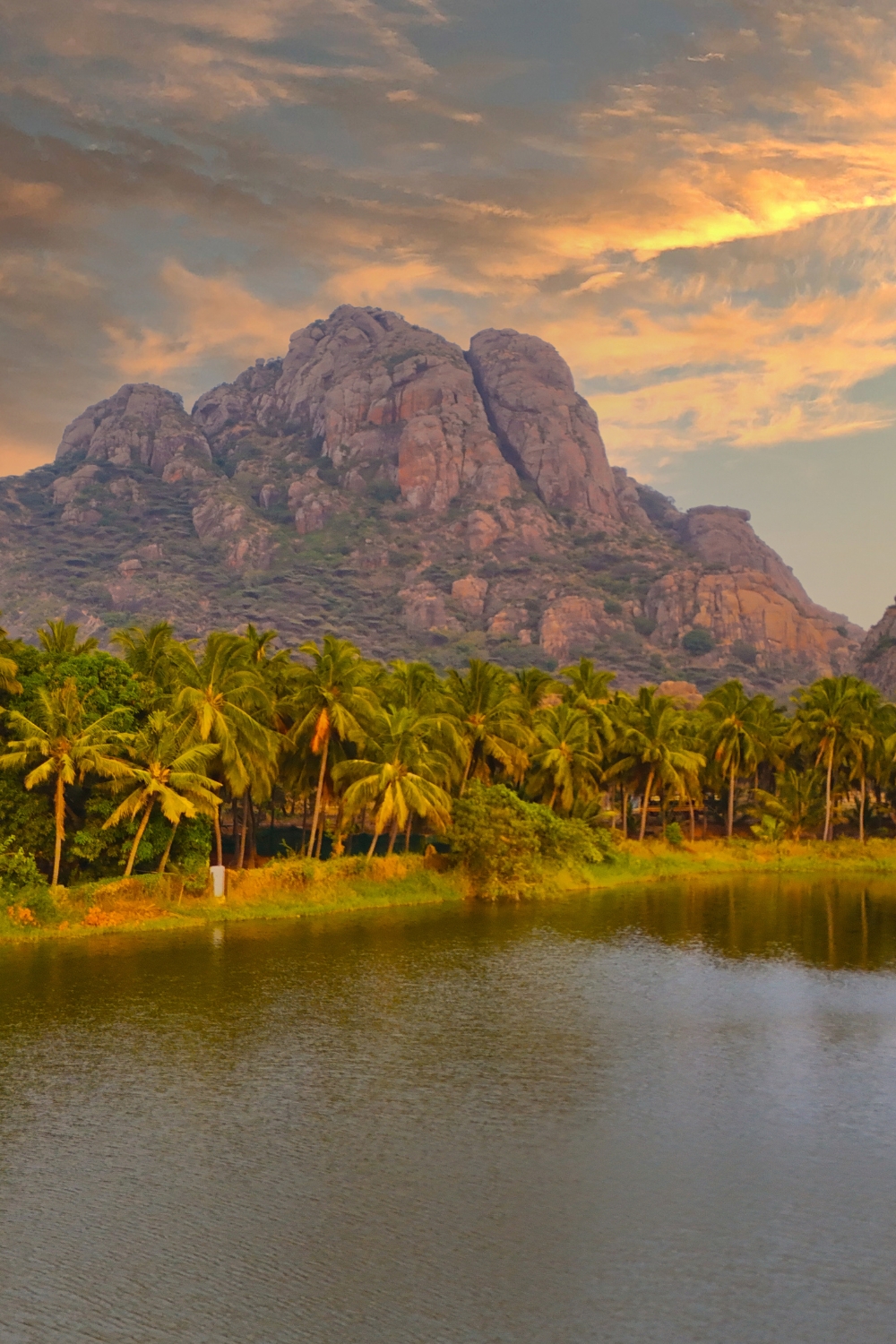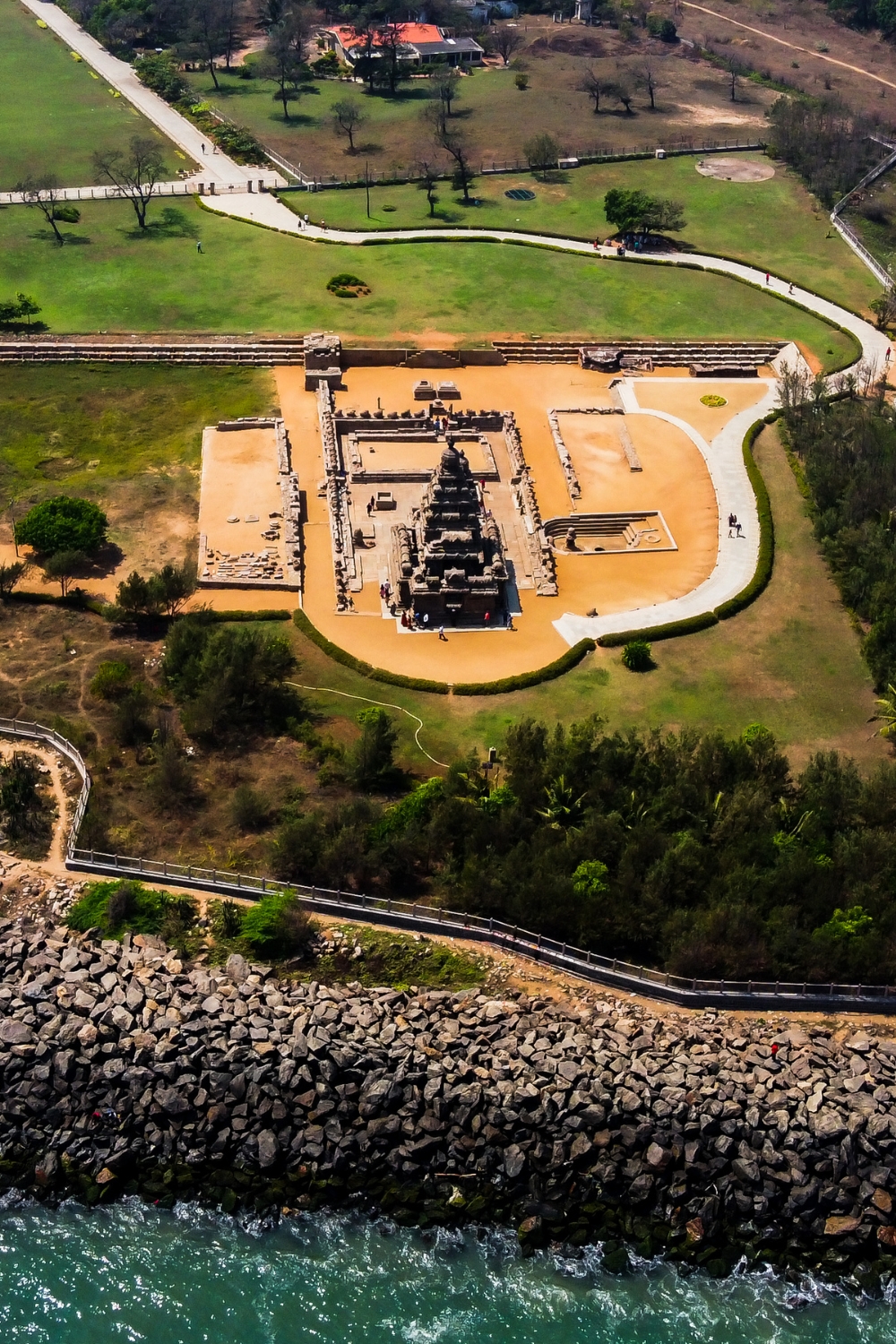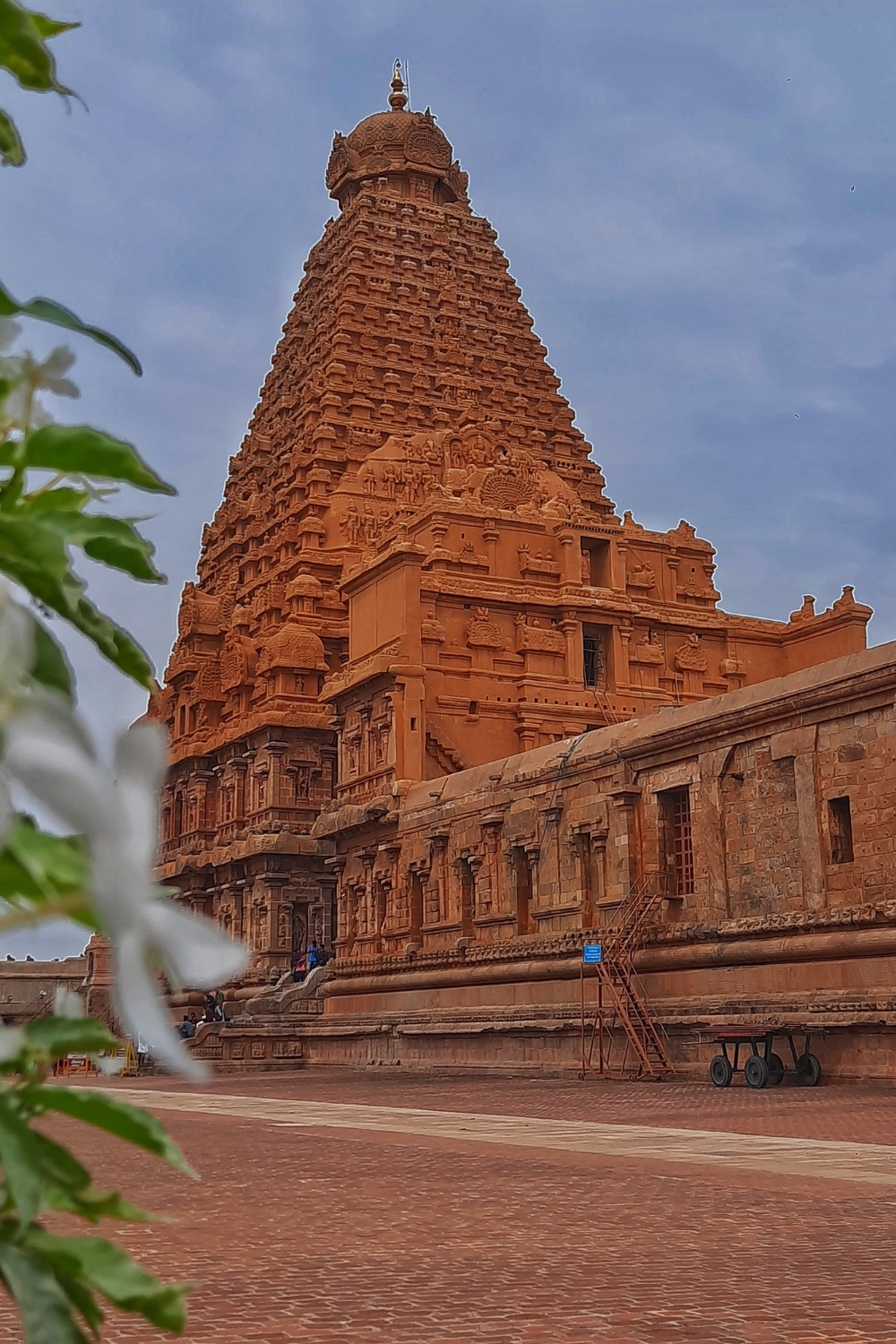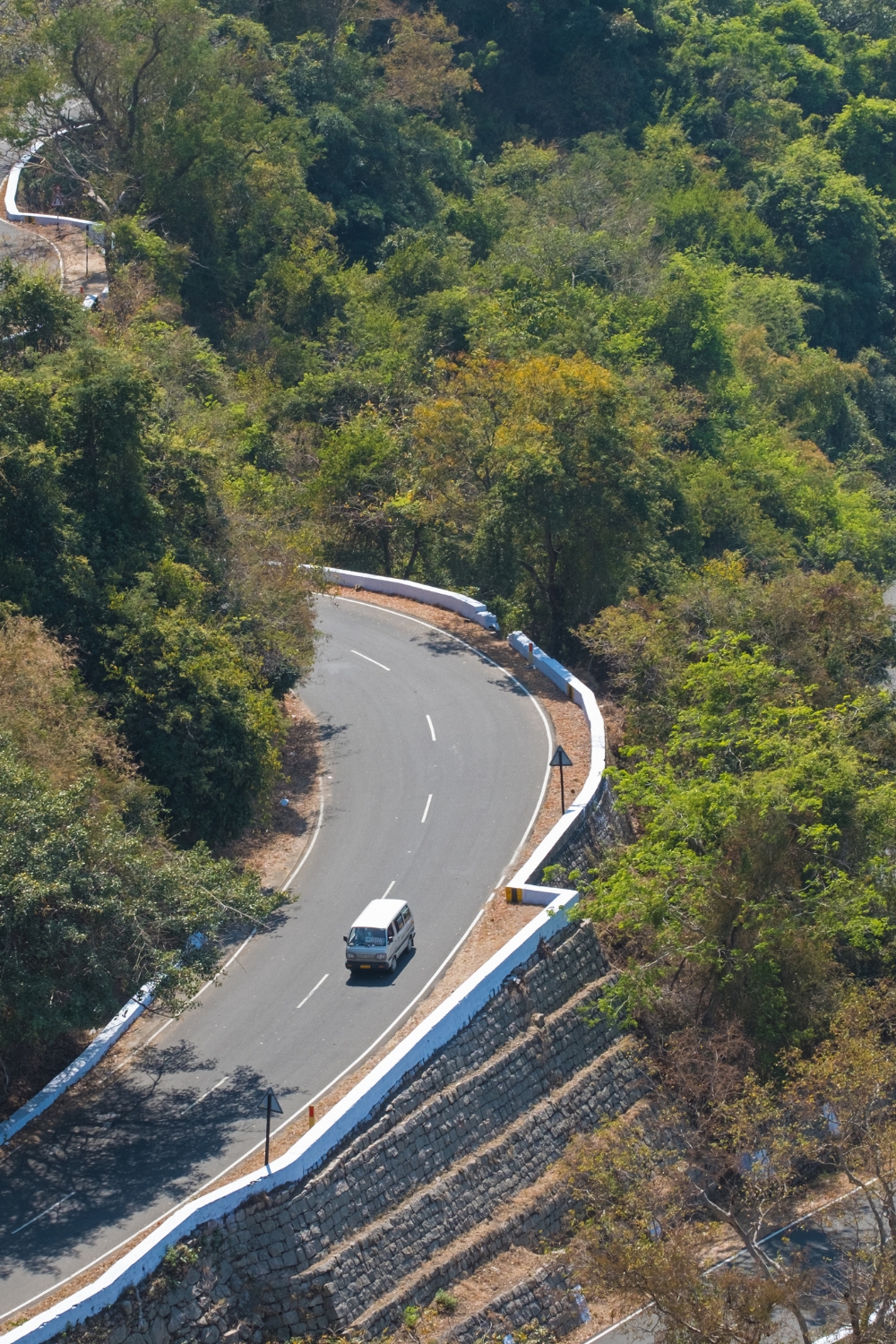Himachal Pradesh, nestled in the heart of the Himalayas, is a mountain lover’s paradise that offers breathtaking landscapes, ancient temples, and thrilling adventures. Known as the “Land of Gods,” this northern Indian state captivates visitors with its snow-capped peaks, pristine valleys, and rich cultural heritage.
From bustling hill stations to serene monasteries, from adrenaline-pumping activities to peaceful retreats, Himachal Pradesh caters to every type of traveler. Whether you’re seeking spiritual enlightenment, adventure sports, or simply want to escape the chaos of city life, this Himalayan wonderland has something magical waiting for you.
Let’s embark on a journey through the ten most spectacular destinations that make Himachal Pradesh an unforgettable travel experience.
1. Shimla – The Queen of Hill Stations

Shimla, the capital city of Himachal Pradesh, has been charming visitors since the British colonial era. Perched at 2,200 meters above sea level, this hill station offers a perfect blend of natural beauty and colonial architecture.
What Makes Shimla Special
The famous Mall Road is the heart of Shimla, where you can shop for local handicrafts, enjoy delicious food, and soak in the colonial atmosphere. The historic Viceregal Lodge, now known as the Indian Institute of Advanced Study, showcases magnificent British architecture and offers stunning valley views.
The UNESCO World Heritage Shimla-Kalka toy train is an experience you shouldn’t miss. This narrow-gauge railway winds through 96 tunnels and over 800 bridges, offering spectacular mountain views throughout the journey.
Best time to visit: March to June, September to November
Must-see attractions: Mall Road, Christ Church, Viceregal Lodge, Kufri, Jakhu Temple
2. Manali – Adventure Capital of Himachal
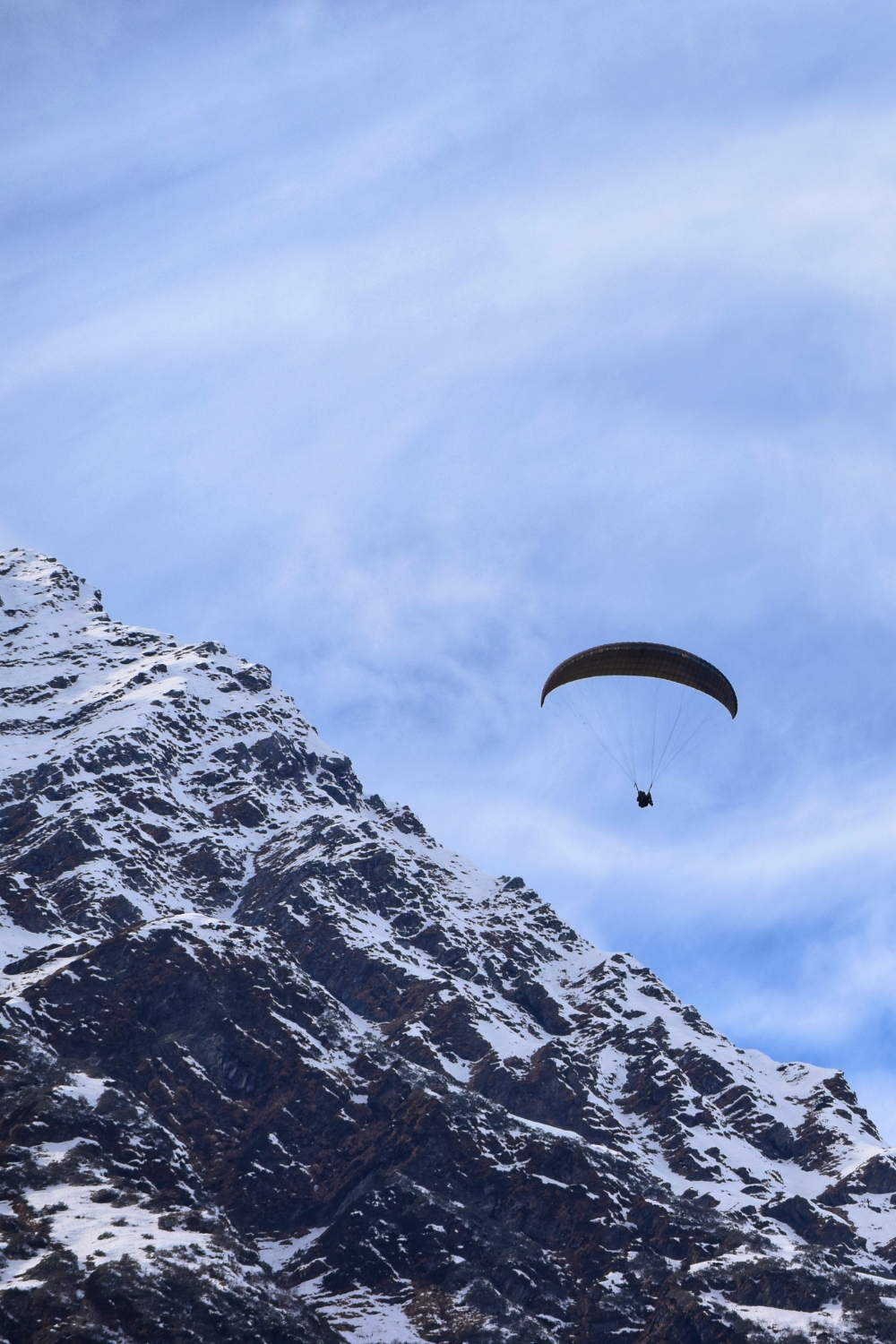
Manali is a paradise for adventure enthusiasts and nature lovers alike. Located in the Kullu Valley at 2,050 meters altitude, this popular destination offers everything from thrilling activities to peaceful mountain retreats.
Adventures and Natural Beauty
The town serves as a gateway to several high-altitude adventures. You can try paragliding over the valley, river rafting in the Beas River, or trekking to nearby peaks. During winter, Solang Valley transforms into a skiing destination.
Old Manali retains its authentic charm with traditional wooden houses, cozy cafes, and a more relaxed atmosphere. The ancient Hadimba Temple, surrounded by cedar forests, adds a spiritual dimension to your visit.
Best time to visit: March to June (summer activities), December to February (snow activities)
Top attractions: Solang Valley, Rohtang Pass, Hadimba Temple, Vashisht Hot Springs, Manu Temple
3. Dharamshala and McLeod Ganj – The Dalai Lama’s Residence
Dharamshala, particularly the upper region of McLeod Ganj, is famous as the home of the Dalai Lama and the Tibetan government-in-exile. This spiritual haven offers a unique blend of Tibetan Buddhism and Himalayan beauty.
Spiritual and Cultural Experiences
McLeod Ganj, often called “Little Lhasa,” is filled with monasteries, meditation centers, and Tibetan markets. You can attend teachings at the Namgyal Monastery, explore Tibetan culture at the Tibet Museum, or simply enjoy the peaceful mountain atmosphere.
The trek to Triund is one of the most popular activities here. This relatively easy trek offers spectacular views of the Dhauladhar range and is perfect for beginners.
Best time to visit: March to June, September to December
Highlights: Namgyal Monastery, Tibet Museum, Bhagsu Falls, St. John in the Wilderness Church, Triund Trek
4. Spiti Valley – The Middle Land

Spiti Valley is a high-altitude desert that resembles the landscapes of Tibet and Ladakh. Located at over 4,000 meters above sea level, this remote valley offers stark, otherworldly beauty and ancient Buddhist culture.
Remote Beauty and Ancient Monasteries
The journey to Spiti is as spectacular as the destination itself. You’ll pass through dramatic landscapes, cross high mountain passes, and witness some of the most pristine Himalayan scenery.
Key Monastery, perched dramatically on a hilltop, is over 1,000 years old and houses ancient manuscripts and murals. The valley is also home to Chandratal Lake, a stunning high-altitude lake that reflects the surrounding peaks like a mirror.
Best time to visit: May to October (roads are closed in winter)
Must-visit places: Key Monastery, Chandratal Lake, Dhankar Monastery, Tabo Monastery, Kaza town
5. Kasol and Parvati Valley – Backpacker’s Paradise
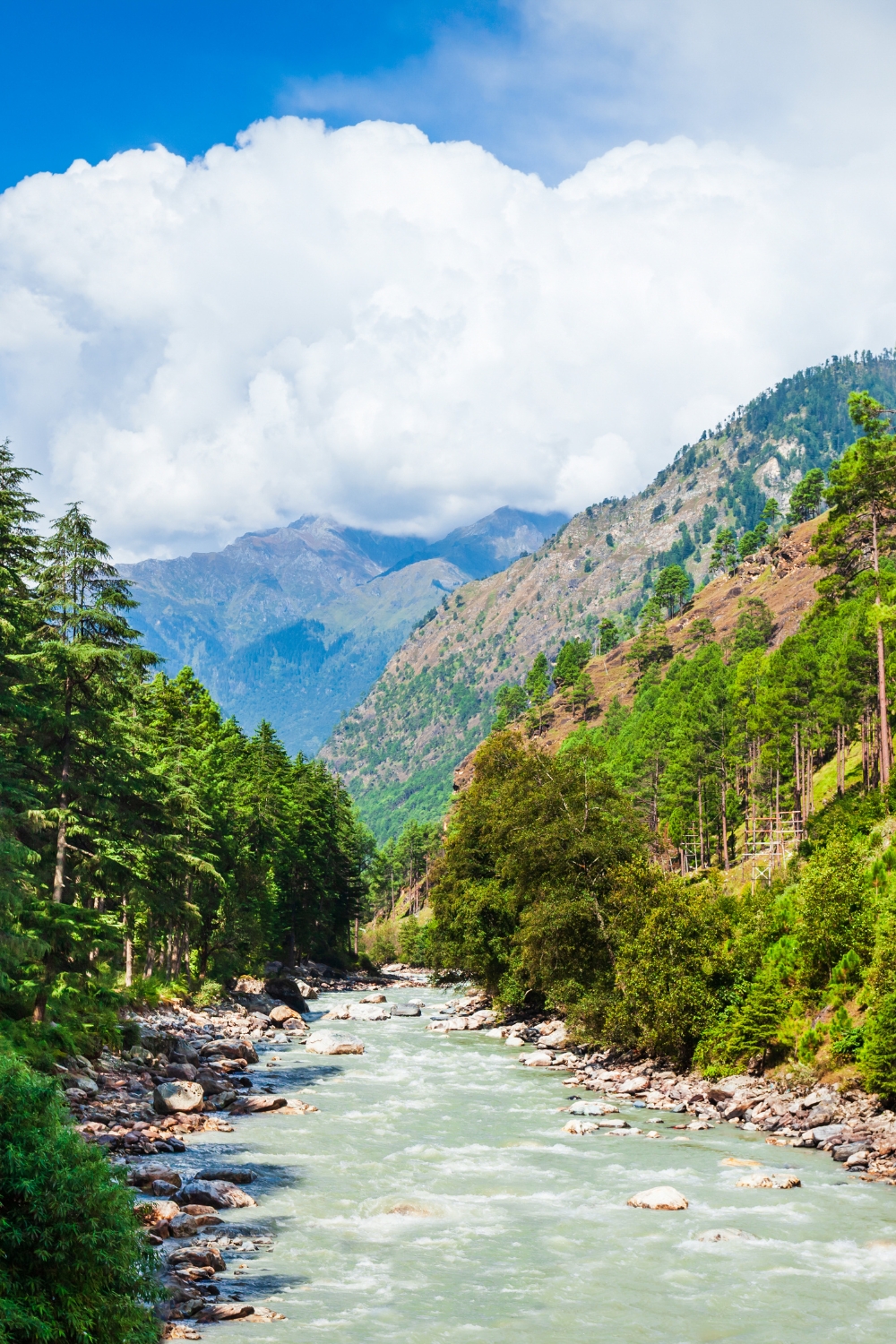
The Parvati Valley, with Kasol as its main hub, has become incredibly popular among backpackers and nature enthusiasts. This valley offers stunning mountain scenery, peaceful villages, and a laid-back atmosphere.
Trekking and Mountain Culture
Kasol serves as the base for several famous treks, including the challenging Kheerganga trek and the legendary Malana village visit. The valley is known for its Israeli cafes, serving delicious food and creating a unique cultural blend.
The hot springs at Kheerganga, accessible after a moderate trek through pine forests, provide a perfect reward after a day of hiking. The village of Tosh offers spectacular valley views and traditional Himachali architecture.
Best time to visit: March to June, September to November
Popular activities: Kheerganga trek, village hopping, camping, river-side relaxation
6. Dalhousie – Colonial Charm in the Mountains
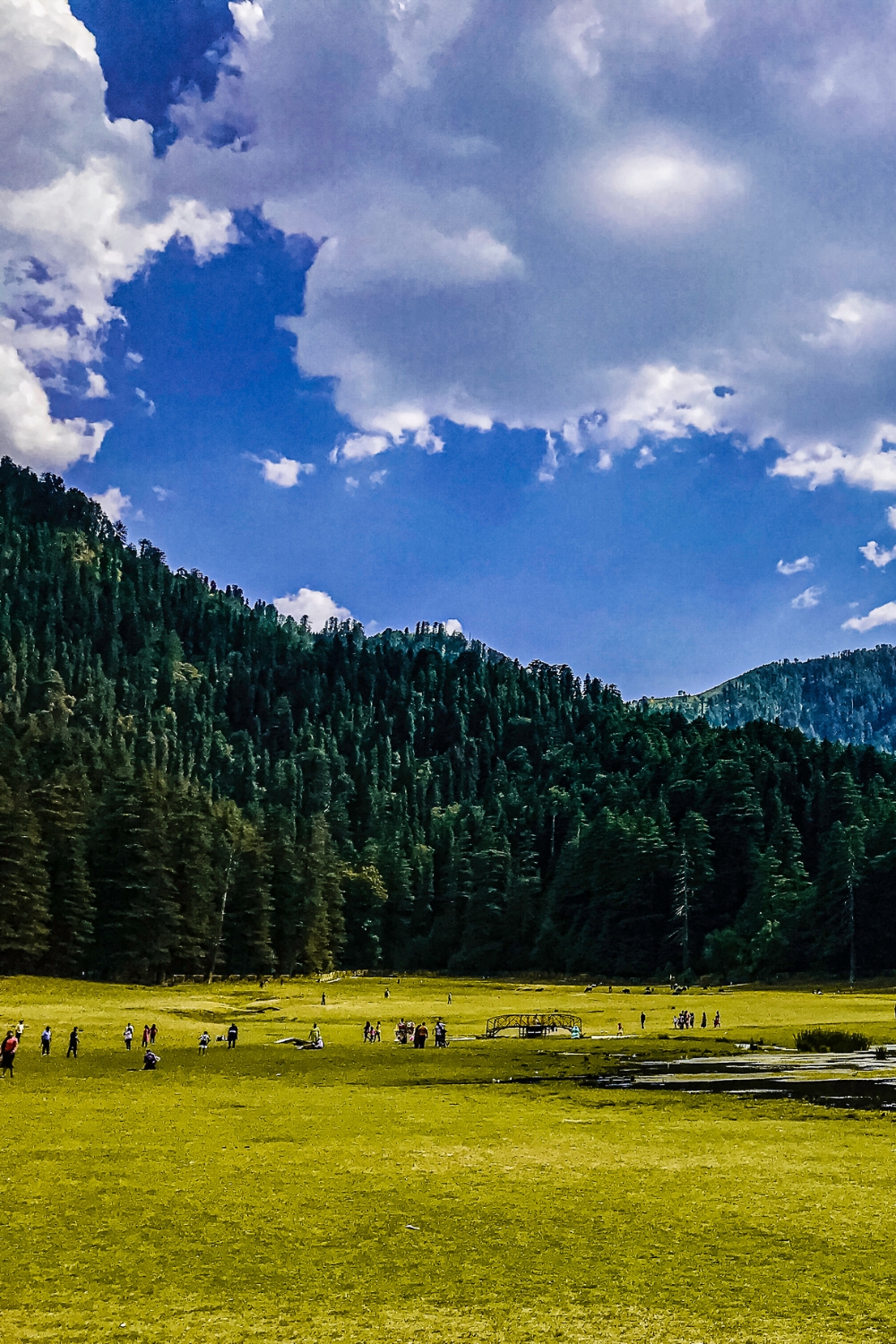
Dalhousie is a peaceful hill station that retains much of its colonial character. Spread across five hills at altitudes ranging from 1,500 to 2,400 meters, this destination offers stunning views and a relaxed atmosphere.
Victorian Architecture and Natural Beauty
The town was named after Lord Dalhousie, a British governor-general, and still features beautiful colonial-era buildings. The Mall Road and Gandhi Chowk are perfect for leisurely walks and shopping for local handicrafts.
Nearby Khajjiar, often called the “Mini Switzerland of India,” features a beautiful meadow surrounded by dense forests and snow-capped peaks. The combination of green grass, pine trees, and mountain views creates a picture-perfect landscape.
Best time to visit: April to June, September to November
Key attractions: Khajjiar, Dainkund Peak, St. Francis Church, Panchpula waterfall
7. Bir Billing – Paragliding Capital of India
Bir Billing has gained international recognition as one of the world’s best paragliding destinations. This small town in the Kangra Valley offers the perfect combination of adventure sports and Tibetan culture.
Adventure Sports and Monasteries
Billing serves as the take-off site for paragliding, while Bir is the landing site. The flight offers incredible aerial views of the Dhauladhar range and the valley below. Even if you’re not paragliding, watching the colorful parachutes dot the sky is mesmerizing.
The town also has a significant Tibetan refugee population, and you can visit several monasteries and learn about Tibetan crafts. The Deer Park Institute offers meditation retreats and Buddhist teachings.
Best time to visit: March to June, September to November
Main attractions: Paragliding, Chokling Monastery, Deer Park Institute, Baijnath Temple
8. Kinnaur Valley – Land of Apples and Mythology
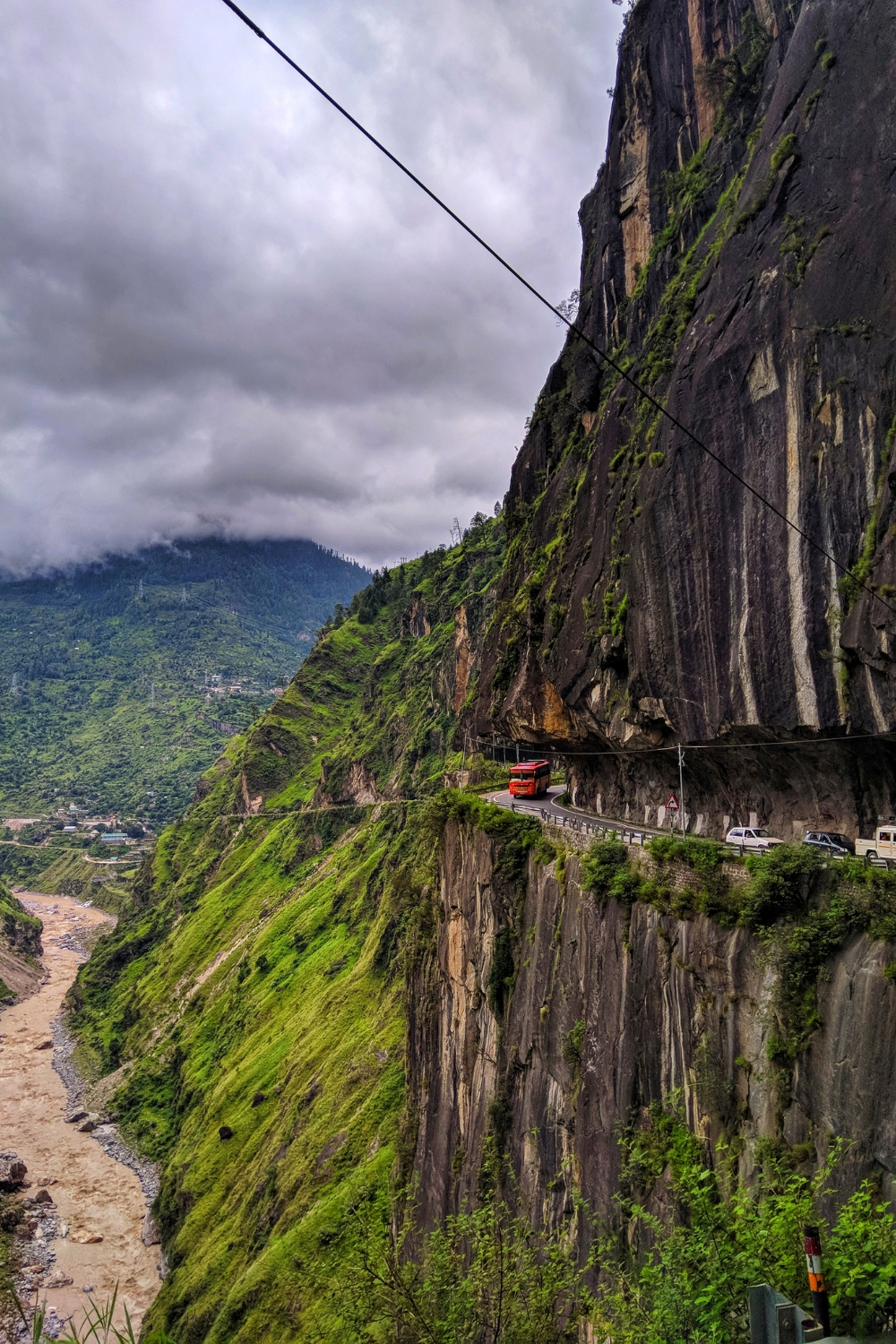
Kinnaur Valley, bordering Tibet, offers dramatic landscapes and rich cultural heritage. This region is famous for its apple orchards, ancient temples, and the sacred Kinnaur Kailash peak.
Sacred Mountains and Unique Culture
The valley offers some of the most spectacular mountain scenery in Himachal Pradesh. The road journey through Kinnaur provides breathtaking views of snow-capped peaks, deep gorges, and traditional villages clinging to mountainsides.
Kalpa, the district headquarters, offers stunning views of the Kinnaur Kailash range. The region is also known for its unique architecture, with wooden temples featuring intricate carvings and slate roofs.
Best time to visit: April to June, September to November
Highlights: Kinnaur Kailash views, apple orchards, Kalpa village, traditional architecture
9. Chamba – Ancient Art and Architecture
Chamba is one of Himachal Pradesh’s most historically significant destinations. This ancient town, founded in the 10th century, showcases remarkable temples, traditional art forms, and stunning mountain scenery.
Heritage and Handicrafts
The town is famous for its Chamba Rumals (embroidered handkerchiefs), which are considered masterpieces of folk art. The Lakshmi Narayan Temple complex, with its intricate stone and wood carvings, represents the pinnacle of Pahari architecture.
The nearby Khajjiar adds natural beauty to the cultural richness of the region. The combination of ancient temples, traditional crafts, and pristine mountain landscapes makes Chamba a unique destination.
Best time to visit: March to June, September to November
Cultural attractions: Lakshmi Narayan Temple, Bhuri Singh Museum, Chamba Rumal workshops, Khajjiar meadow
10. Kullu Valley – Valley of Gods
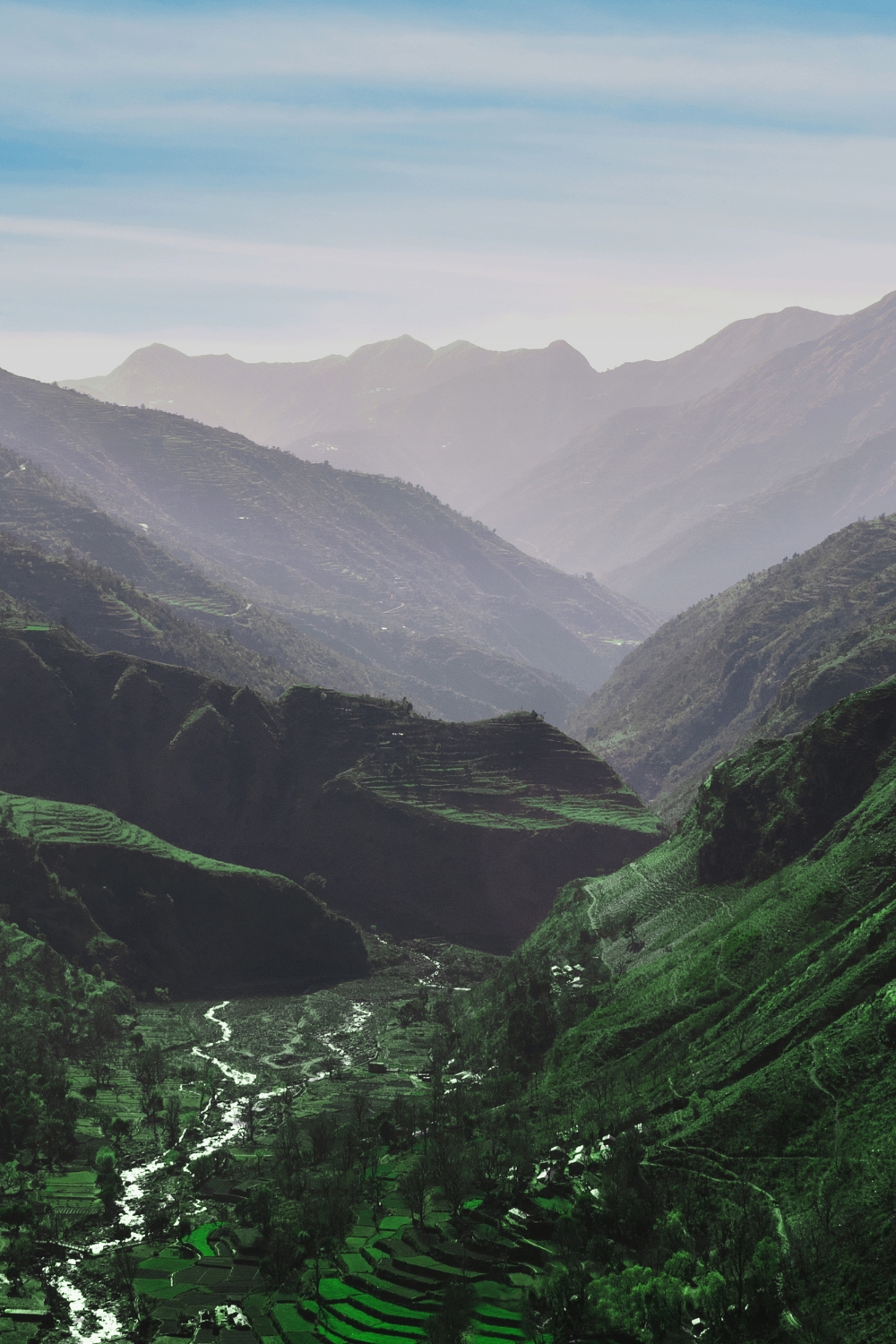
The Kullu Valley, often called the “Valley of Gods,” is dotted with ancient temples and offers spectacular natural beauty. This valley serves as the gateway to several high-altitude destinations and adventures.
Festivals and Natural Splendor
Kullu is famous for its week-long Dussehra festival, which is celebrated with great pomp and attracts visitors from all over India. During this time, the entire valley comes alive with cultural performances, traditional music, and colorful processions.
The Great Himalayan National Park, a UNESCO World Heritage site, is located in this valley and offers excellent trekking opportunities and wildlife viewing. The park is home to rare species like the snow leopard and western tragopan.
Best time to visit: March to June, September to November
Major attractions: Dussehra festival, Great Himalayan National Park, Raghunath Temple, river rafting, hot springs
Planning Your Himachal Pradesh Adventure
Getting Around the Mountains
Himachal Pradesh is well-connected by road, with regular bus services operated by the state government. For more comfort and flexibility, hiring a private vehicle is recommended, especially for destinations like Spiti Valley and Kinnaur.
The mountain roads can be challenging, with steep climbs and sharp turns, but they offer some of the most spectacular scenery in India. Always check weather conditions and road status before traveling to high-altitude areas.
Best Time to Visit Himachal Pradesh
The ideal time varies by destination and activity:
- Summer (March to June): Perfect for most hill stations and trekking
- Monsoon (July to September): Beautiful but roads can be risky
- Winter (October to February): Ideal for snow activities but some high-altitude areas are inaccessible
Cultural Experiences and Local Cuisine
Don’t miss trying local Himachali dishes like Dham (traditional feast), Siddu (steamed bread), and Chana Madra (chickpea curry). Each region has its own specialties and cooking styles.
Participate in local festivals if your visit coincides with them. The warmth and hospitality of the mountain people will add a special dimension to your journey.
Conclusion
Himachal Pradesh offers an incredible diversity of experiences within its mountain boundaries. From the colonial charm of Shimla to the spiritual atmosphere of Dharamshala, from the adventure paradise of Manali to the remote beauty of Spiti Valley, each destination tells its own unique story.
These ten must-visit places represent the best of what the “Land of Gods” has to offer, but they’re just the beginning of what you can discover in this Himalayan wonderland. The state’s stunning natural beauty, rich cultural heritage, and warm hospitality create memories that last a lifetime.
Whether you’re seeking adventure, spirituality, culture, or simply want to reconnect with nature, Himachal Pradesh provides the perfect mountain escape. The crisp mountain air, breathtaking views, and peaceful atmosphere will rejuvenate your soul and leave you planning your next Himalayan adventure.
Start planning your journey to these magnificent mountains today, and prepare to fall in love with one of India’s most beautiful states. The peaks are calling, and Himachal Pradesh is ready to welcome you with open arms.
